Le Monde Problématique's Public Feed: Willkommen zu meiner Debattenr...
Willkommen zu meiner Debattenrundschau vom 18.02.2019.
Zu Beginn ein ganz praktischer Hinweis – bereits Ende vergangenen Jahres haben Thomas Hoeren und Julia Werner ihre Publikation "Kunst und Recht. Leitfaden für Künstlerinnen und Künstler" veröffentlicht und sie dankenswerterweise als kostenloses PDF online gestellt. Darin werden sämtliche juristischen Fragen besprochen die Künstlerinnen und Künstler betreffen können, sei es der Schutz der eigenen Arbeit, die Verwendung fremden Materials, die Zusammenarbeit mit Galerien oder die Mitgliedschaft in der Künstlersozialkasse. Absolut empfehlenswert! Einen interessanten Fall von Urheberrechtsverletzung beschreibt Rechstanwalt Justus Duhnkrack in seinem Artikel für Halle4, dem Online-Magazin der Hamburger Deichtorhallen. Die Künstlerin Rahel Bruns begann um das Jahr 2005 herum eine Serie von Bundesadler-Skulpturen aus verbogenem Stahl, welche sich gegen das Konzept nationaler Identität wandte. Sie verkauft eine der Arbeiten an einen Mann, der sich Jahre später der AfD anschloss und damit begann, seine politisch sehr weit rechts stehende Meinung öffentlich kundzutun. Ein Foto der Adler-Skulptur landete, quasi als Symbol für den von ihm diagnostizierten Zerfall Deutschlands, auf seinem Blog, wogegen die Künstlerin rechtliche Schritte einleitete. Duhnkrack schreibt: "Die Künstlerin Rahel Bruns hat [...] das Recht eine Beeinträchtigung ihres Werkes zu verbieten (Anspruch auf Unterlassen). Gerade dann, wenn diese ihre persönlichen Interessen am Werk gefährdet. Für eine Beeinträchtigung muss niemand das Werk kaputtmachen. Man muss es nicht einmal berühren. Es reicht aus, das Werk in einen anderen Sachzusammenhang zu stellen. So wie hier, wenn aus Interkulturalität unmissverständlich Nationalismus wird." Chris Sharratt beschäftigt sich in seinem Artikel für Frieze.com mit den finanziellen Schwierigkeiten, mit denen die meisten professionellen Bildenden Künstlerinnen und Künstler zu kämpfen haben. Anlass ist die Veröffentlichung eines Reports des Arts Council England, für den im Jahre 2016 über 2000 Britische Künstlerinnen und Künstler zu ihrer Lebenssituation befragt wurden. Und die sieht wenig überraschend ziemlich prekär aus – zwei Drittel der Befragten verdienten 5000 Pfund oder weniger pro Jahr mit ihrer künstlerischen Arbeit. Es sei häufig üblich gewesen, dass Institutionen keine Honorare an KünstlerInnen zahlen würden, aber es finde ein umdenken statt – so lautet die Einschätzung der Aktivistin Lise Soskolne von der New Yorker Aktivistengruppe W.A.G.E., die in dem Artikel ebenfalls zu Wort kommt: "'It’s no longer a question of whether artists should be paid, but a question of how much.'" Die große Menge an unbezahler oder extrem schlecht bezahlter Arbeit, auf der die Kunstwelt fußt, benachteiligt natürlich all jene, die es sich finanziell nicht leisten können für lau zu arbeiten. Charlie Markbreiter beschreibt in seinem Essay für artspace.com, wie typische Empfehlungen zur Steigerung des künstlerischen bzw kommerziellen Erfolgs eigentlich nur von jenen ernsthaft befolgt werden können, die aus wohlhabenden Familien stammen: "People who 'make it' are sometimes good artists, but they’ve also usually had extreme advantages: debt-free MFA degrees, being able to afford a studio in a hyper-inflated real estate market." Markbreiter zählt acht typische Erwartungen an junge KünstlerInnen auf ("You need to go to as many openings as possible, since it’s all about who you know […] If you don’t make it by age 25, then you don’t have a chance.") und begründet dann, warum diese kaum zu erfüllen seien ohne die entsprechende Menge finanziellem und sozialem Kapital. Auch wenn die beschriebenen Probleme nicht vollständig auf deutsche Verhältnisse übertragbar sind, eine erkenntnisreiche Lektüre: Aus Protest gegen die verfehlte Hochschulpolitik der sächsischen Landesregierung wurden auf dem diesjährigen Rundgang der Leipziger Kunsthochschule keine studentischen Arbeiten gezeigt. Wie falsche Regulierungen das Lehrkonzept von Kunsthochschulen bedrohen können, beschreibt Sarah Alberti in ihrem Artikel für monopol-magazin.de. Identitätspolitische Theorie und Praxis haben im Kunstbereich in den letzten Jahren immer mehr an Bedeutung gewonnen. Kritik an dieser Entwicklung hört man öffentlich eher selten. Ganz anders stellt sich die Situation dar, betrachtet man die gesellschaftliche Gesamtsituation (vor allem in den USA, aber auch in Europa) – Identitätspolitik spaltet die politischen Lager wie kaum ein anderes Thema. Frauke Steffens hat für die FAZ den Versuch unternommen, die aktuellen Positionen ihrer Befürworter und Gegner kompakt zusammenzufassen. Eine absolut empfehlenswerte Lektüre, erhält man so doch ein sehr differenziertes Bild der Debatte. Eine große Retrospektive des Künstlers Lucio Fontana ist noch bis Mitte April im Museum Met Breuer in New York zu sehen. Eine wirklich großartige Besprechung zur Ausstellung hat Zachary Small für hyperallergic.com verfasst – sie liefert einen guten Überblick über Leben und Arbeit Fontanas und befragt dessen kunsthistorische Bedeutung, die gegenwärtig auch angesichts der extrem hohen Auktionspreise des Künstlers merkwürdig verzerrt erscheint. Ein wichtiger Teil der Besprechung ergründet Fontanas Involvierung in den italienischen Faschismus während des Zweiten Weltkrieges, welcher im Rahmen der Ausstellung nur etwas verdruckst thematisiert werde, so der Autor: "Outside the exquisitely designed catalogue, there is little evidence of Fontana’s longstanding complicity and support of the Italian Fascist regime. The curator devotes no space to a discussion of how the artist’s violent modernist caesurae derived from his rooting for the wrong side during World War II. The average museumgoer is unlikely to read art historian Emily Braun’s definitive catalogue essay on how Fontana flourished under fascism, but will likely catch the wall text, which oddly claims that the artist’s eclecticism 'allowed him to maintain creative independence during the Italian Fascist regime.'" Ausstellungsinstitutionen sollten mehr Rücksicht auf Menschen nehmen, die empfindlich auf Stroboskop-Licht reagieren, fordert Emily Watlington in ihrem Appell auf hyperallergic.com. Zu häufig würden Besucher ohne Vorwarnung in entsprechende Situationen geraten, was für Personen mit entsprechender Lichtblitz-Empfindlichkeit extrem unangenehme Folgen haben könne. Die Kunstwelt habe ein generelles Problem mit "Ableism" ( Wikipedia ), so die Autorin. Um den Ausschluss blitzempfindlicher Menschen zu verhindern, bittet Watlington um Folgendes: "If an unenclosed strobe is truly 'necessary' to a piece (I am not convinced that excluding a population for the sake of art would ever be 'necessary,' but if), then a simple warning on the website would be immensely appreciated. In addition, offering wrap-around sunglasses for visitors [...] would be a simple and courteous gesture." Kunst & Künstliche Intelligenz – die Kombination klingt nach viel Potential, doch bisher sind kaum entsprechende Kunstwerke entstanden, denen große öffentliche Aufmerksamkeit zu Teil wurde. Ein Grund dafür ist sicher auch die Tatsache, dass in dem Bereich kaum "Wohnzimmerkompatibles" produziert wird, sprich: es fehlt der Markt. Allerdings hat das Auktionshaus Christie’s vor etwa vier Monaten eine angeblich KI-generierte Arbeit für das 40fache ihres Schätzpreises verkauft. Thomas Mulier berichtet auf bloomberg.com von einer ähnlichen Auktion des Konkurrenten Sotheby’s nächsten Monat. Ian Cheng ist einer der wenigen KünstlerInnen, deren künstlerische Arbeit ganz wesentlich auf der Erschaffung Künstlicher Intelligenz beruht und welche international in großen Institutionen gezeigt wird. Häufig schafft er computergenerierte Settings, in denen in einer Live-Simulation Charaktere untereinander und mit ihrer Umwelt interagieren und so komplexe Eigendynamiken entstehen. Anlässlich seiner Ausstellung in der Galdstone Gallery sprach Cheng mit Annie Armstrong von artnews.com über die Konzeption seiner neuen Arbeit und seine Vorstellung von Künstlicher Intelligenz. Warum Künstliche Intelligenz in ihrer heutigen Form kaum dazu taugt, menschlichen KünstlerInnen das Wasser zu reichen, versucht Anne Katrin Feßler in ihrem Essay für den Standard aus Wien darzulegen. Noch ein Hinweis zum Schluss – wer sich für Kunst und Wirtschaft interessiert, dem sei die hervorragend geschriebene Wirtschaftspresseschau von Stefan Kobel dringend ans Herz gelegt. Sie erscheint jeden Montag und kann hier gelesen und / oder abonniert werden. Johannes Bendzulla

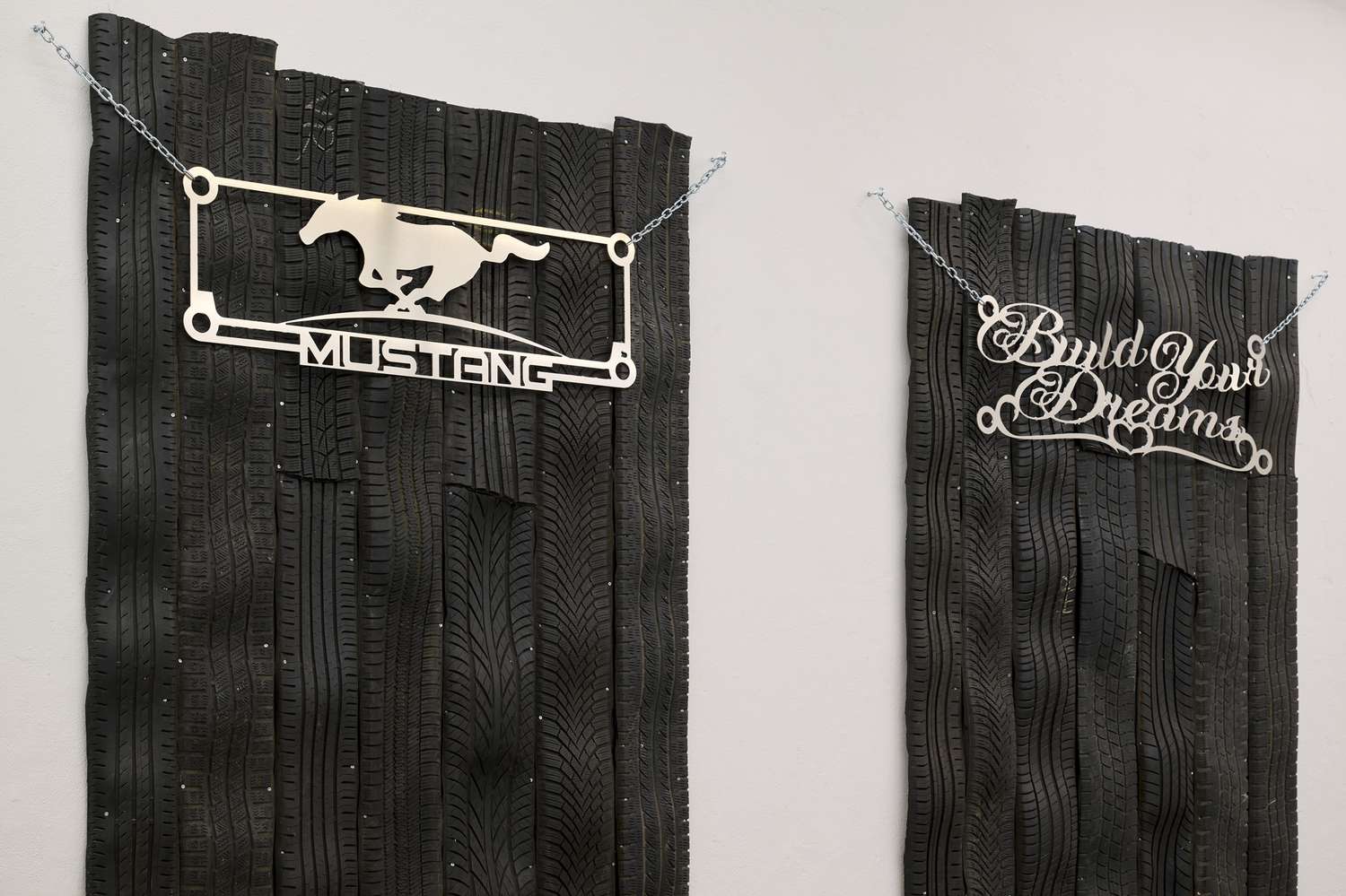
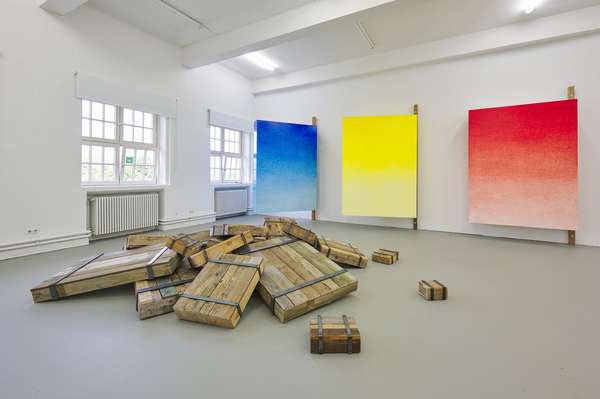
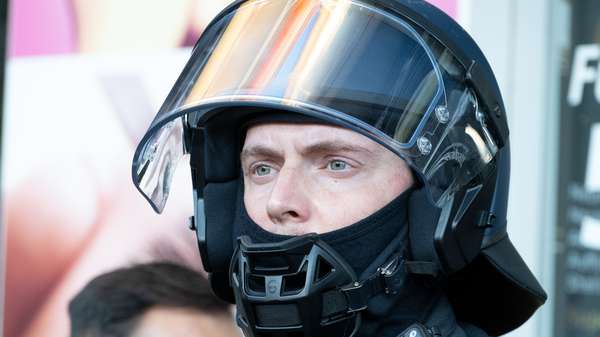
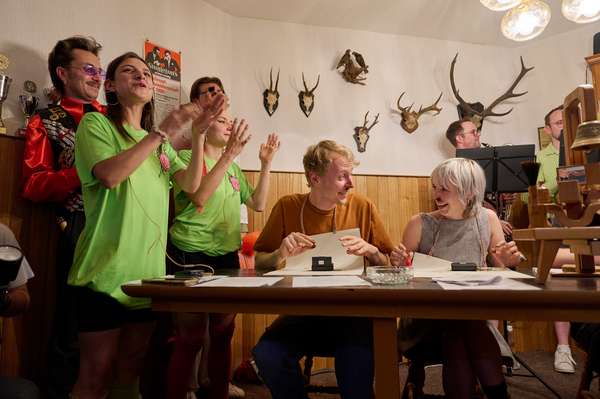
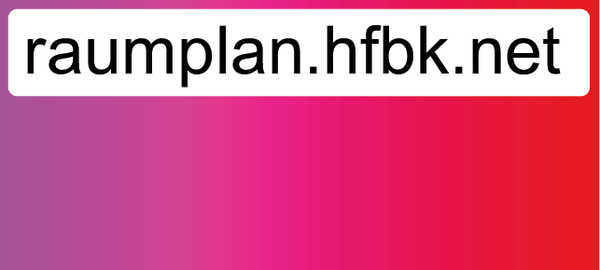
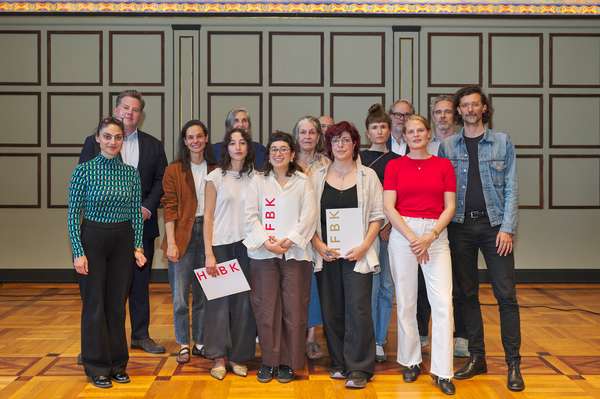
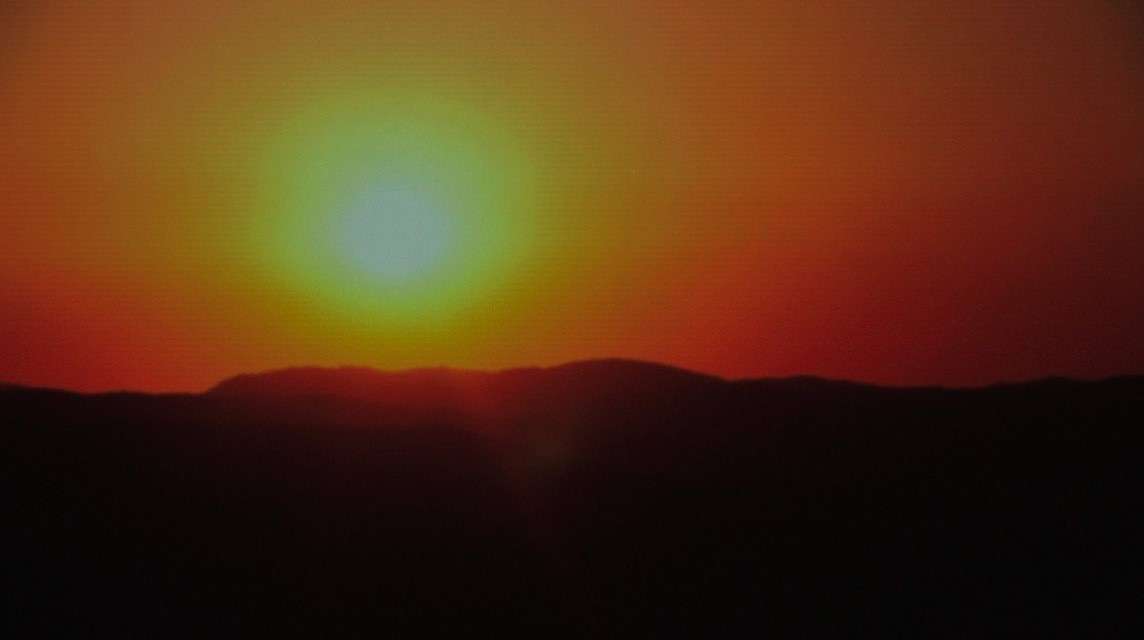
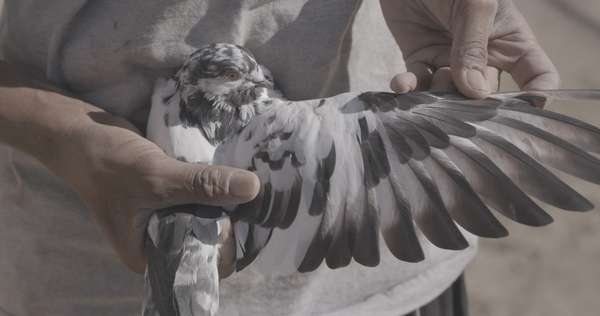
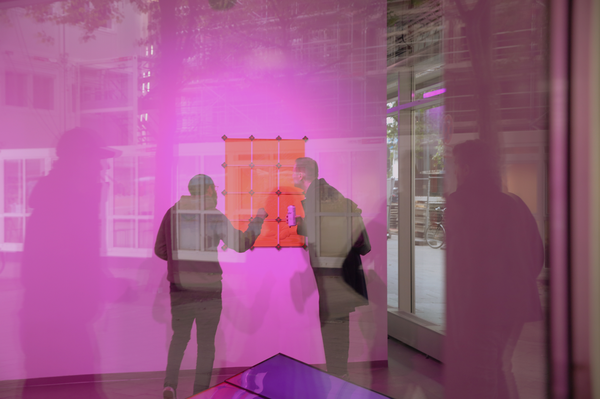
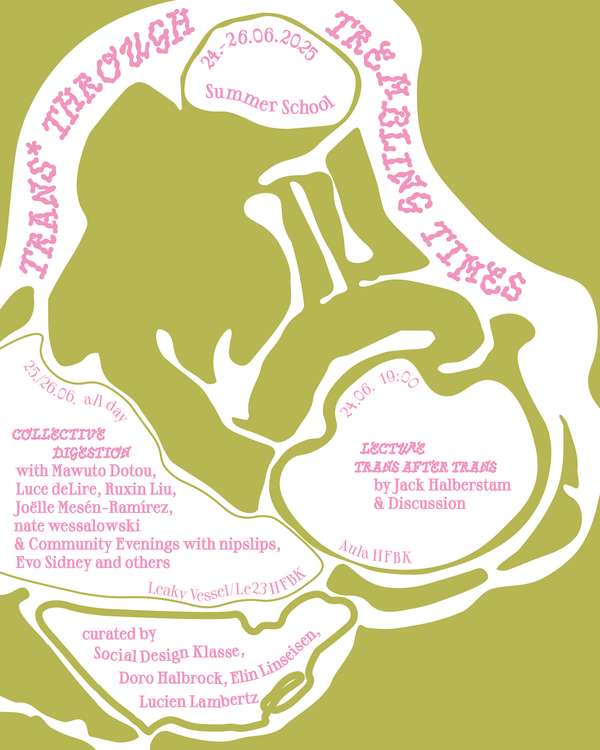
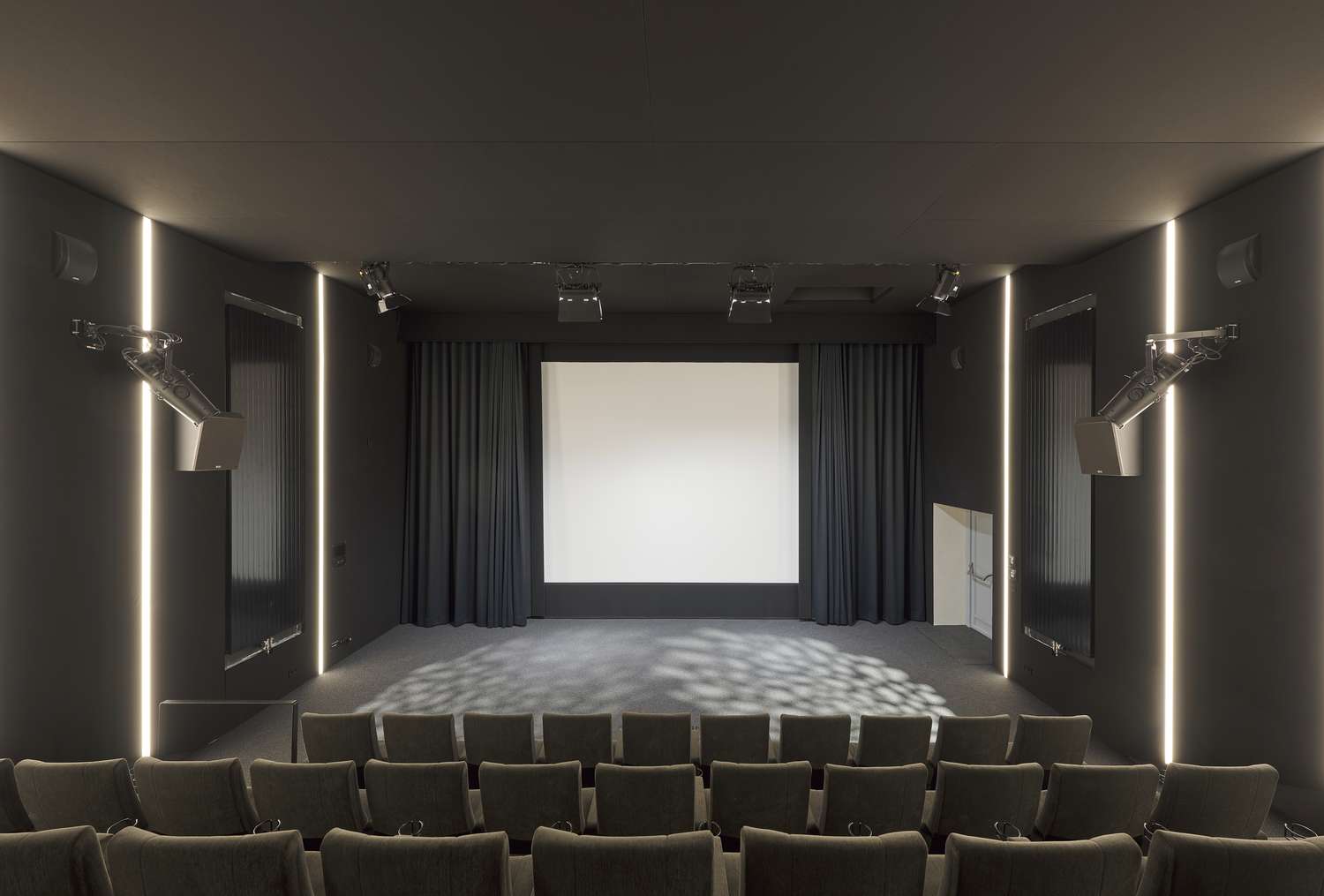
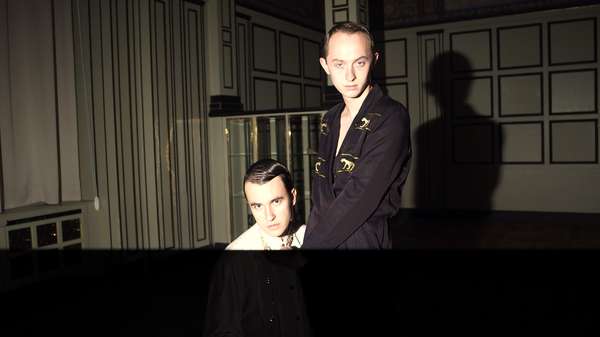
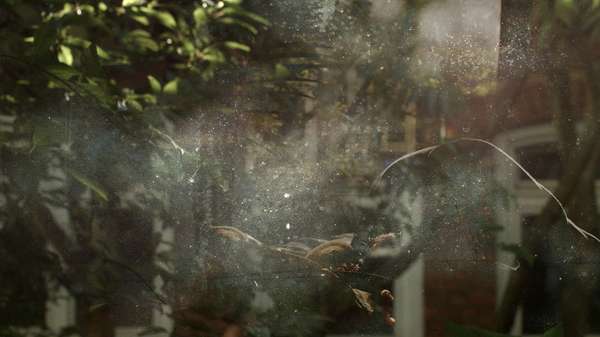
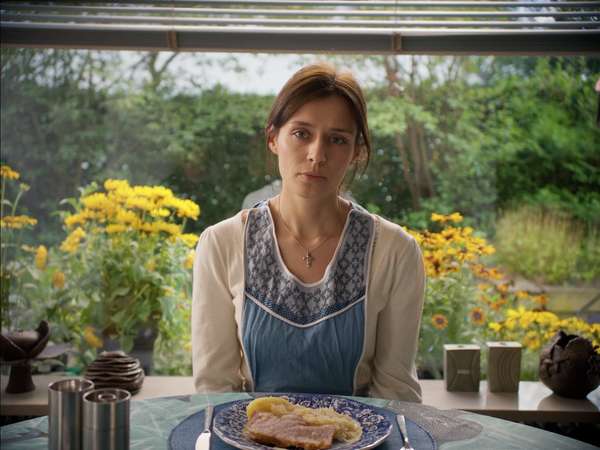
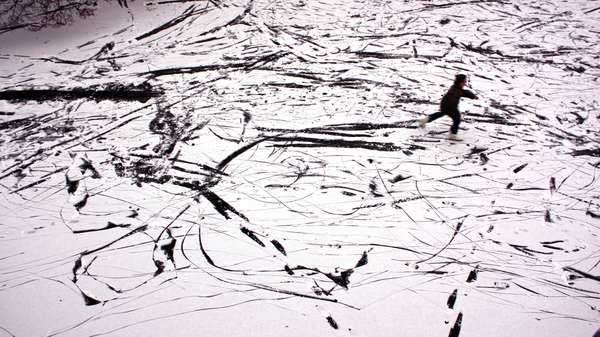
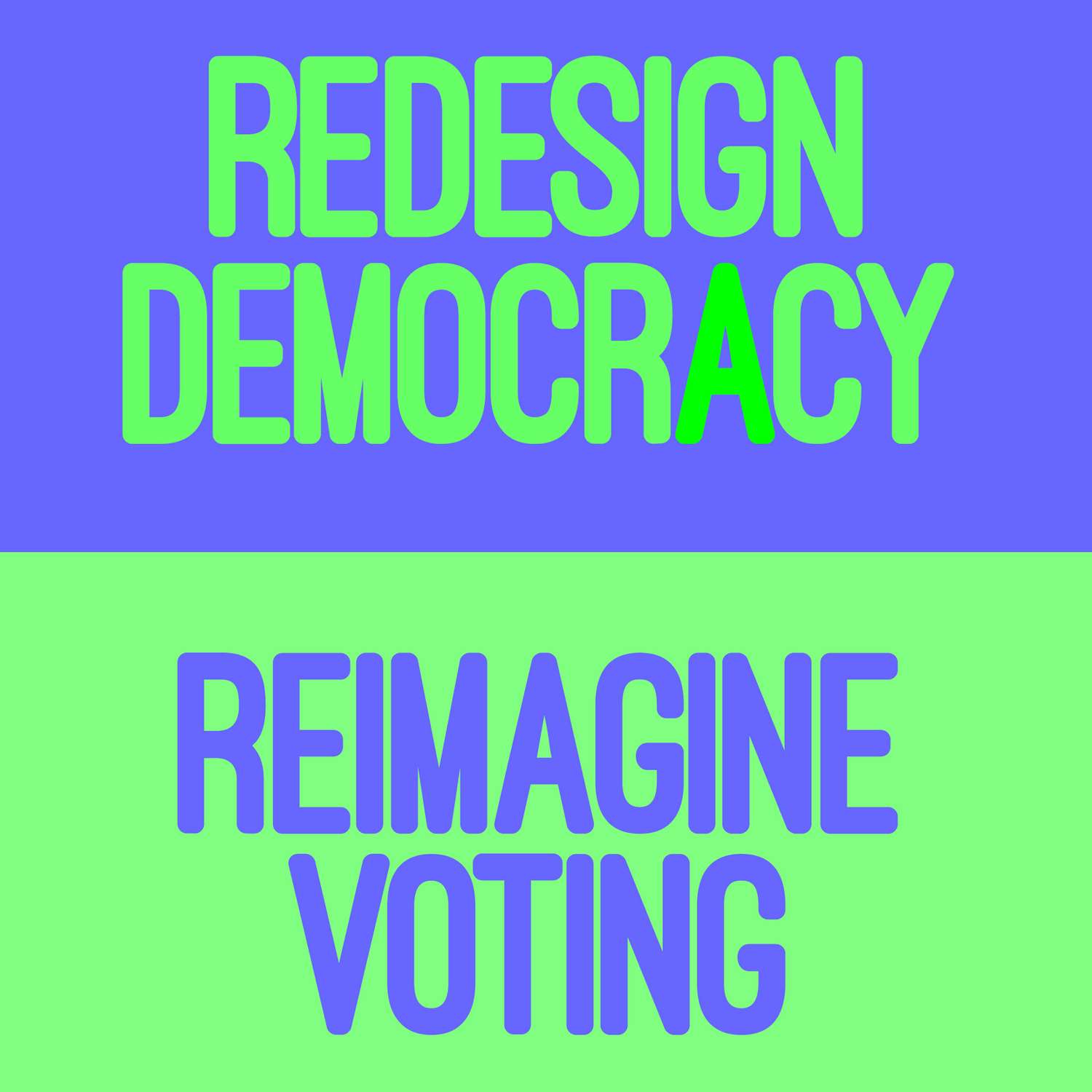
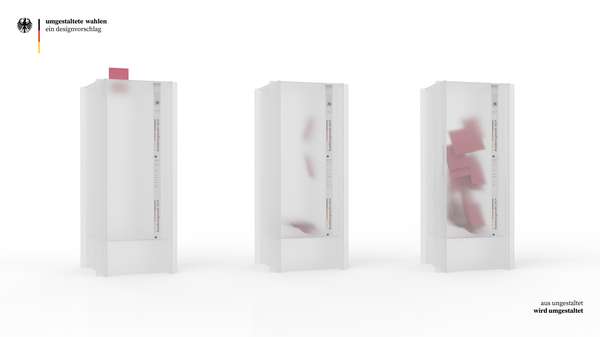
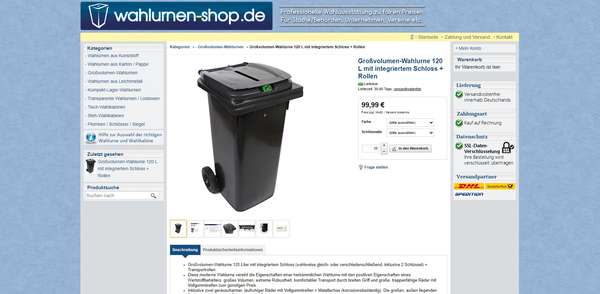
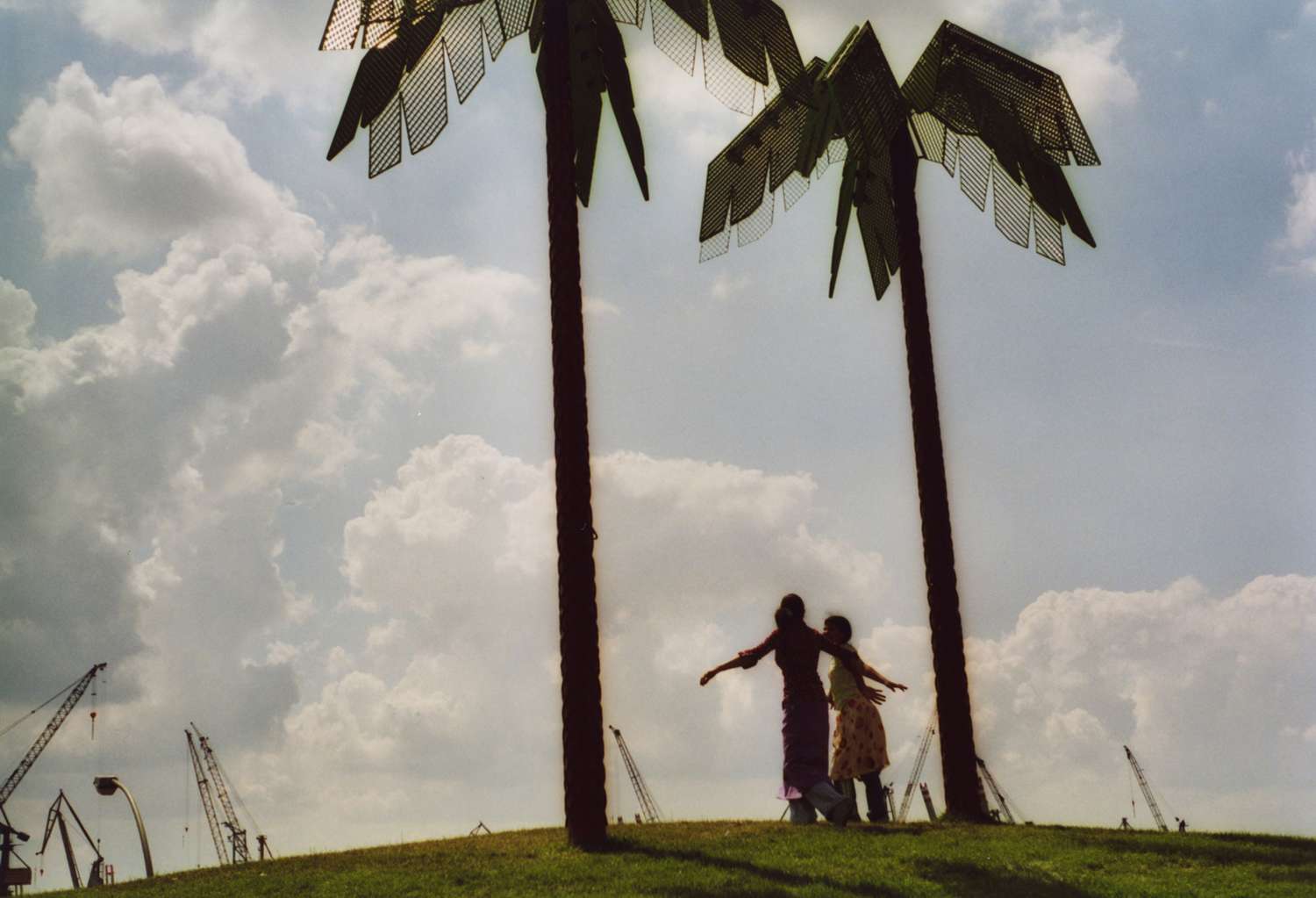
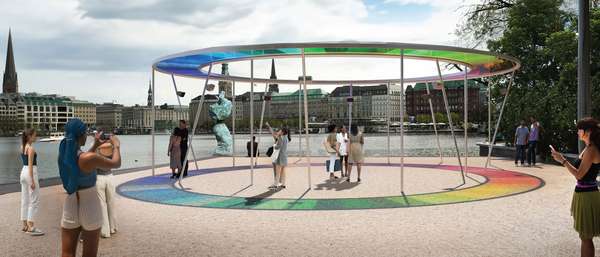
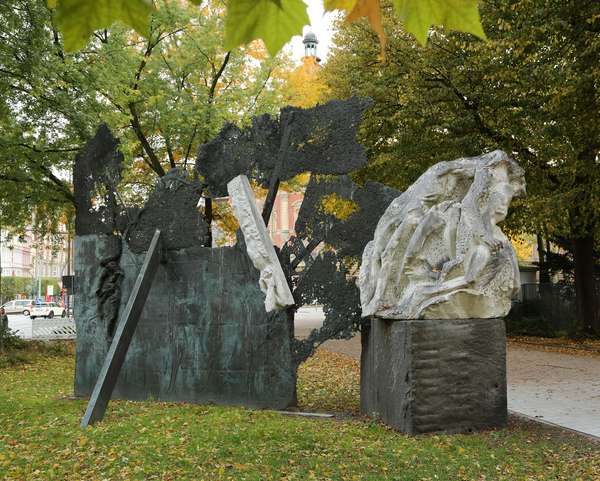
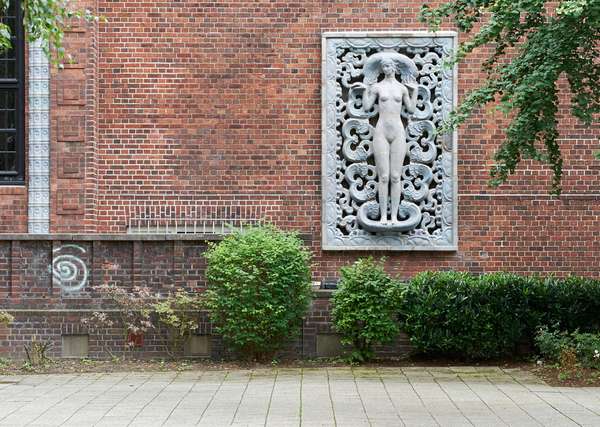
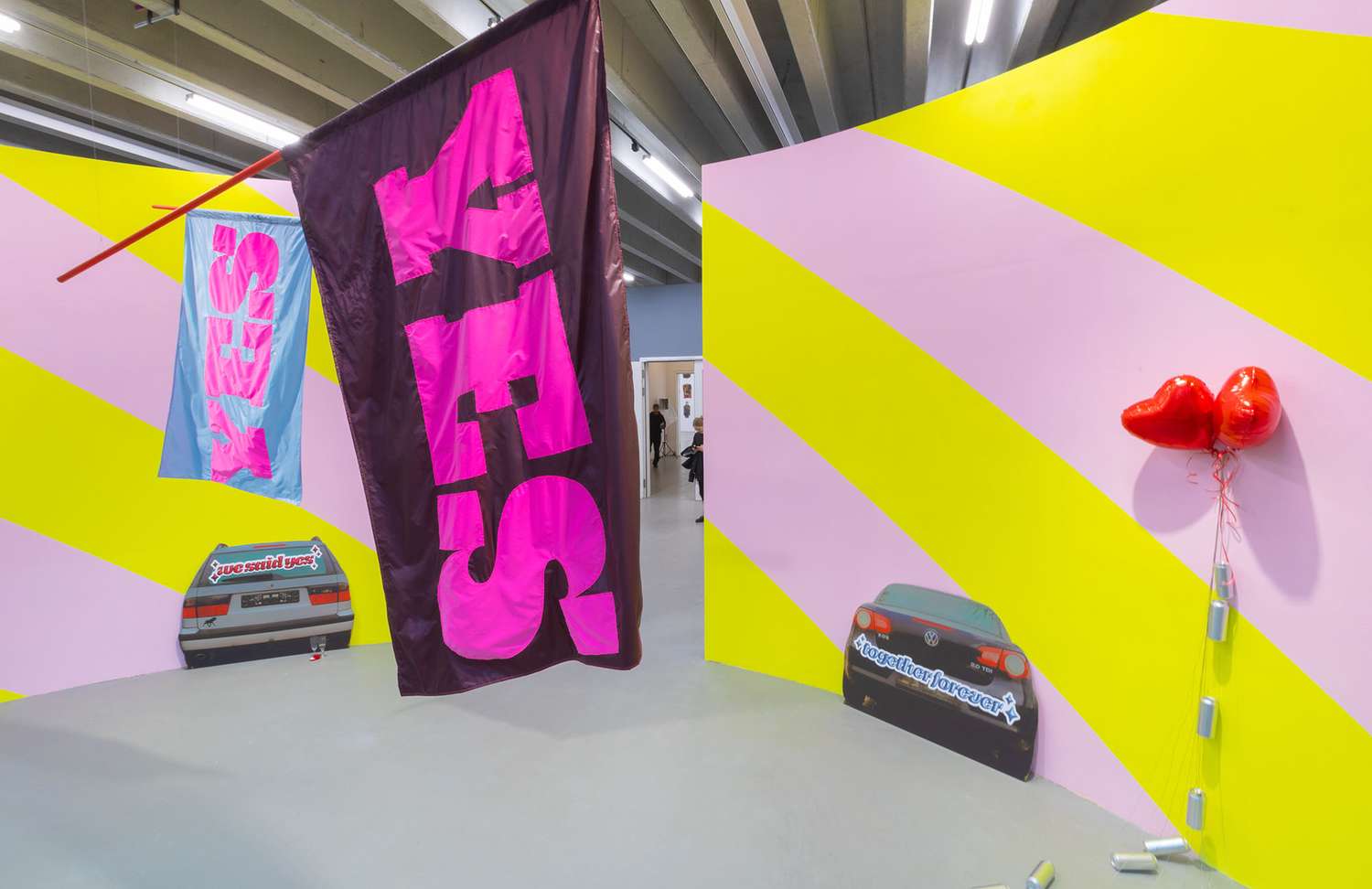
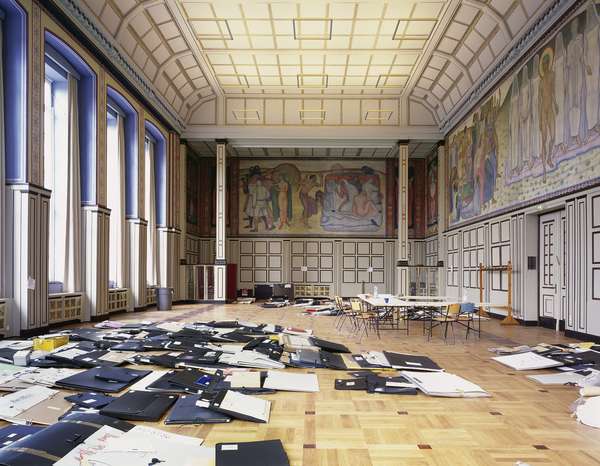
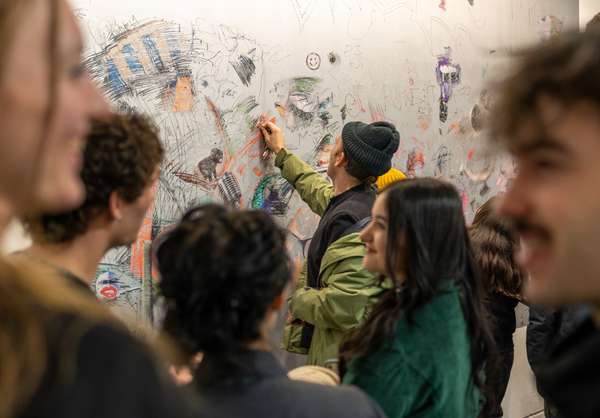
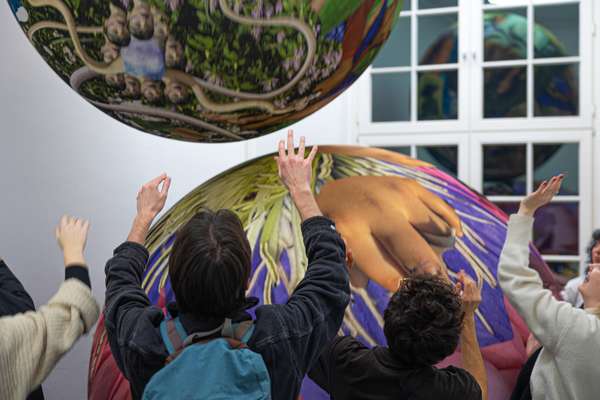
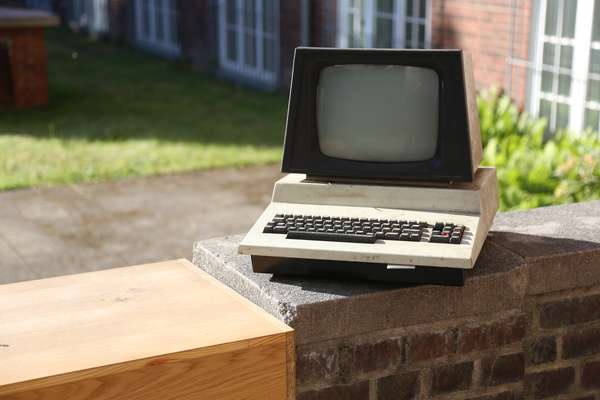

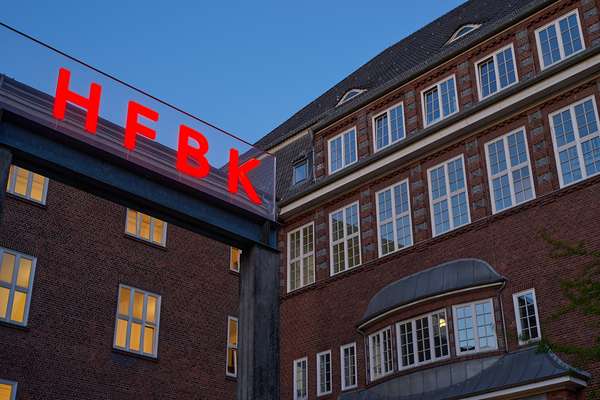
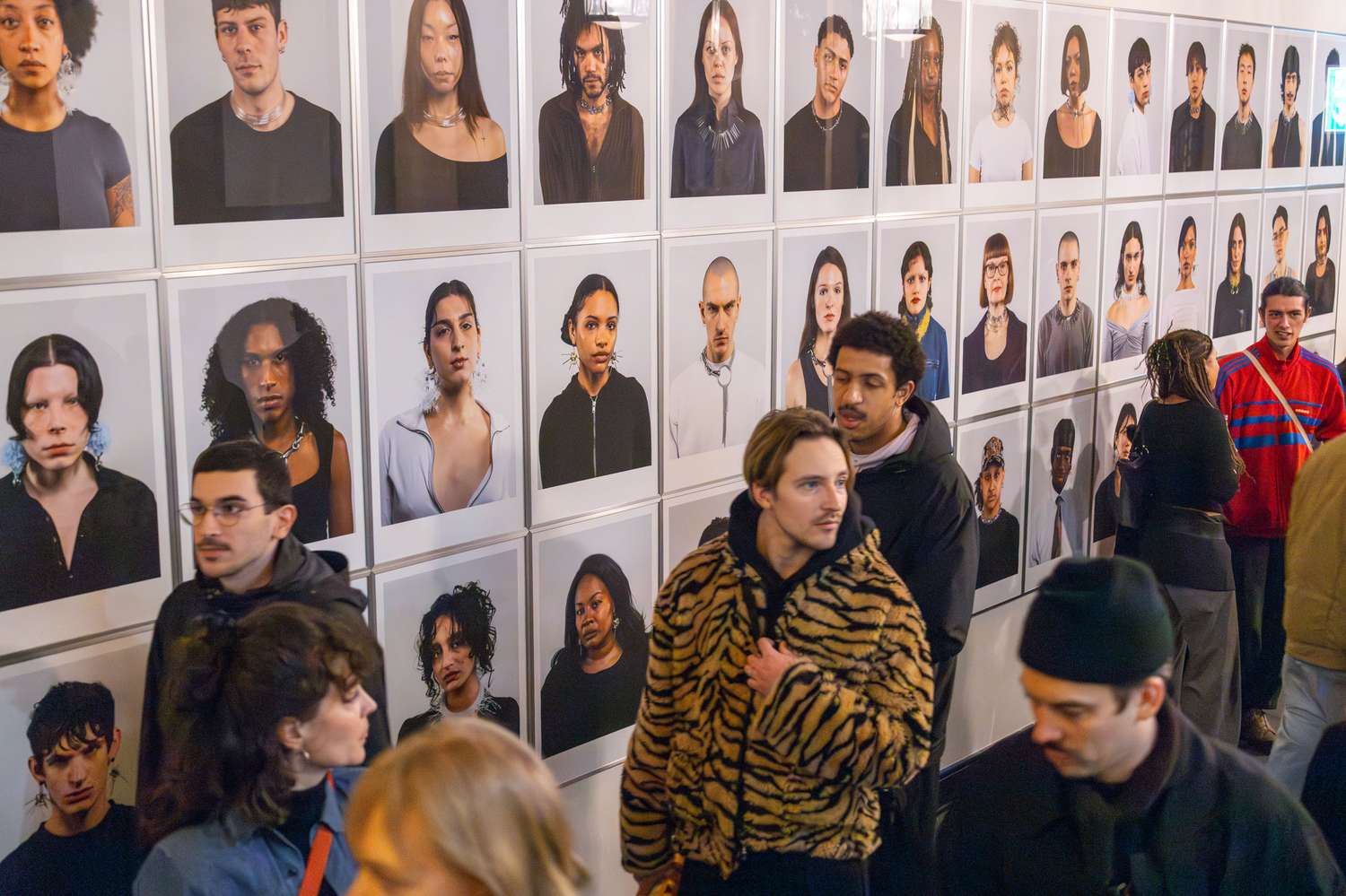

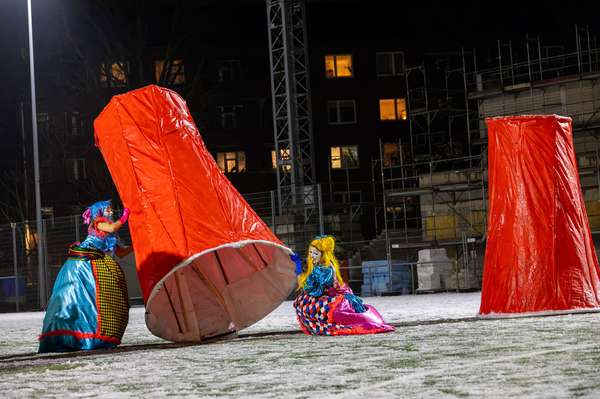
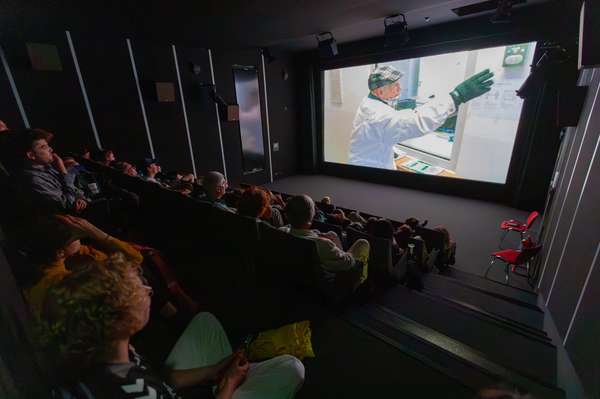
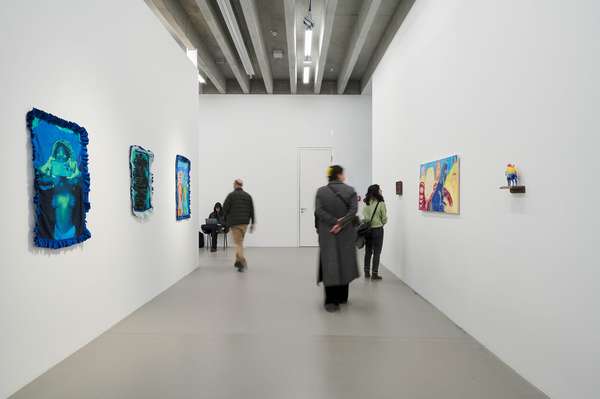
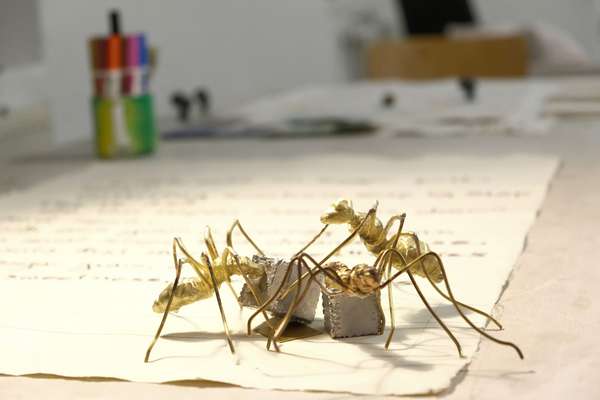
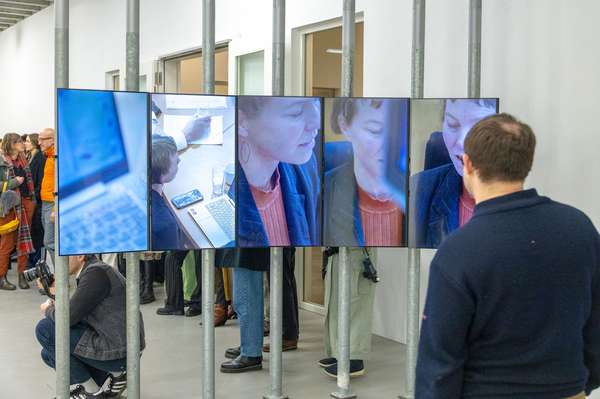
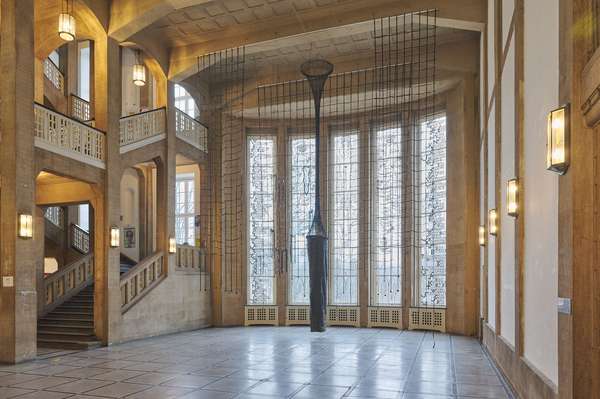
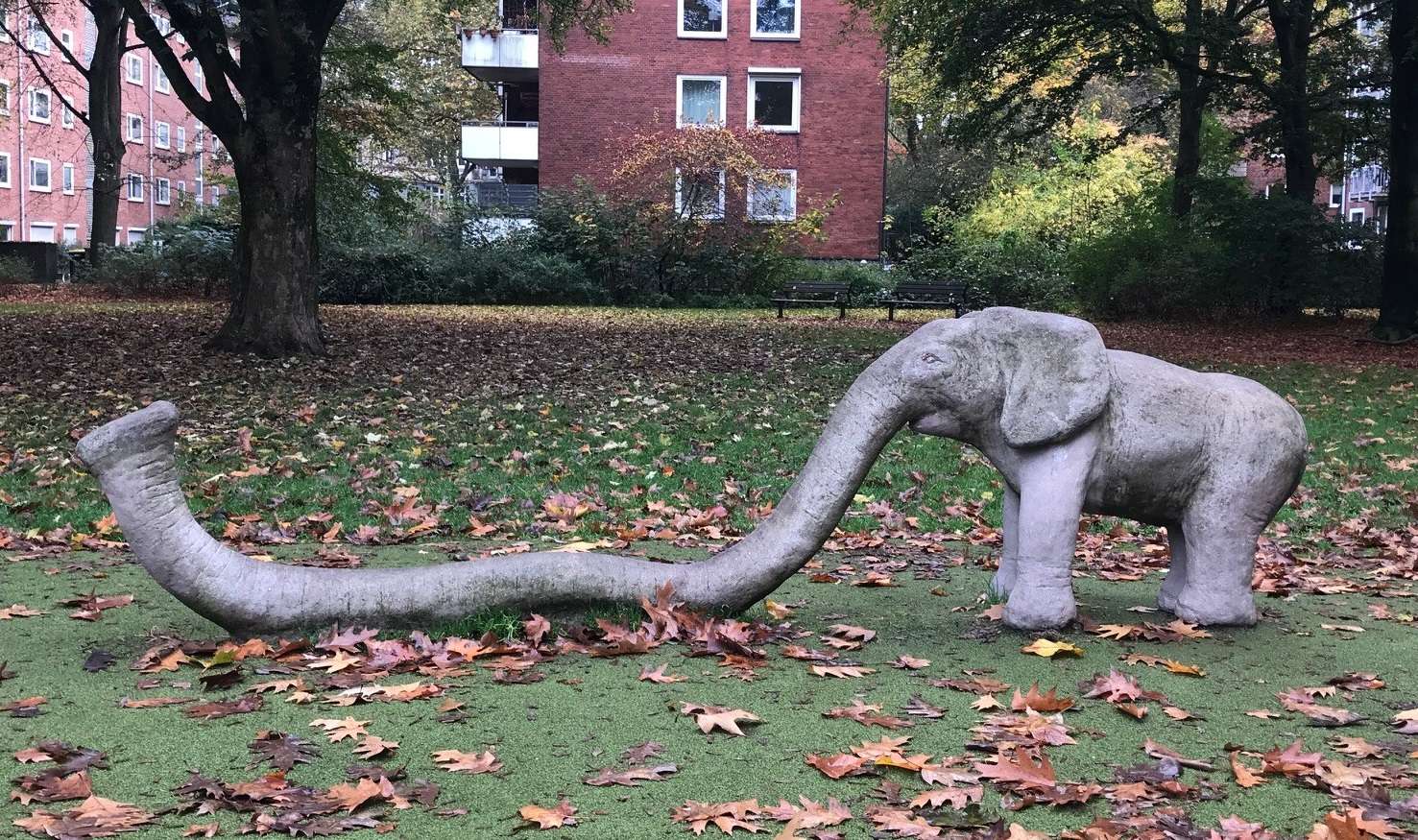
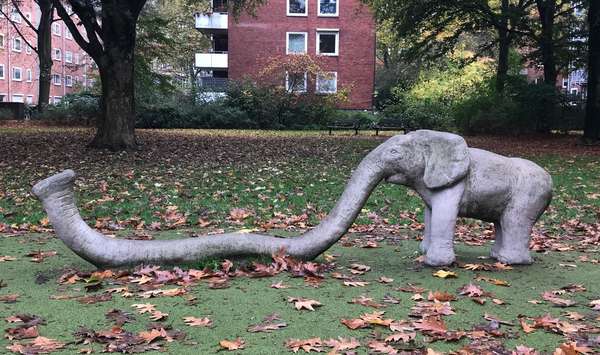
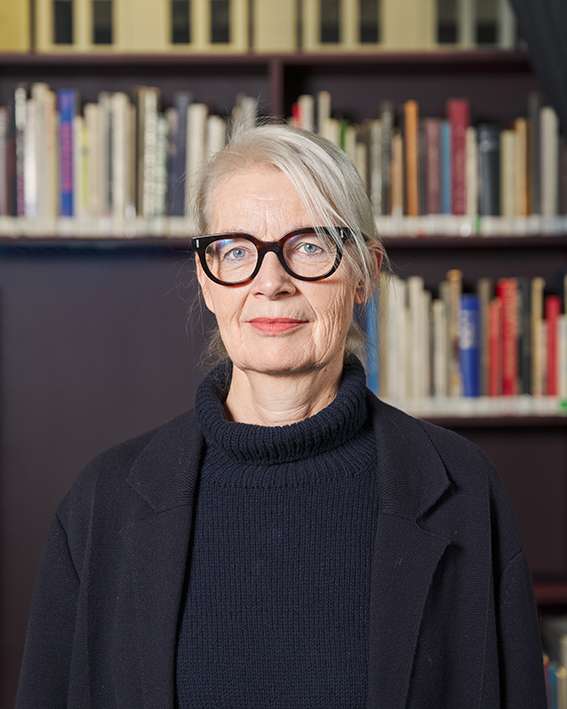
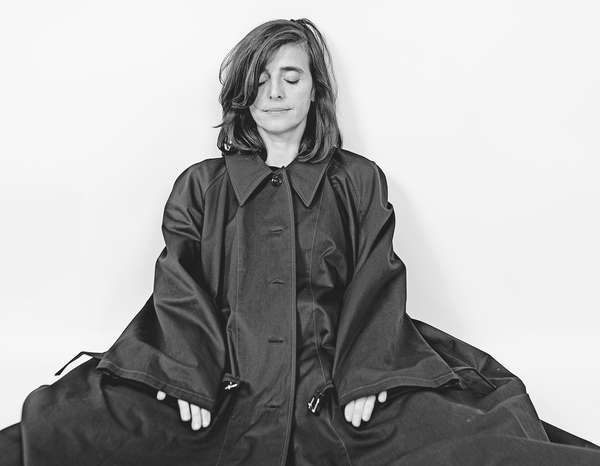
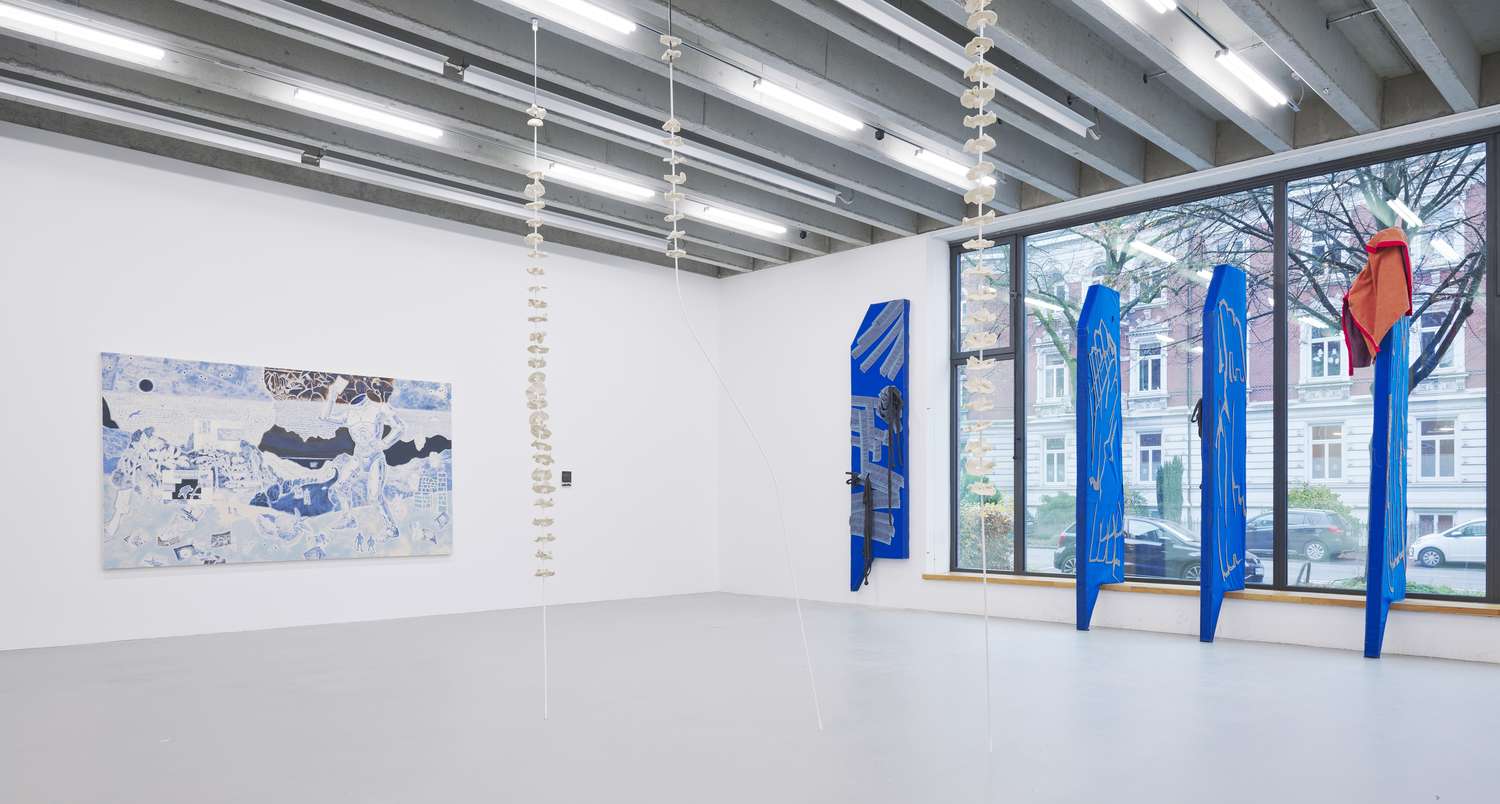
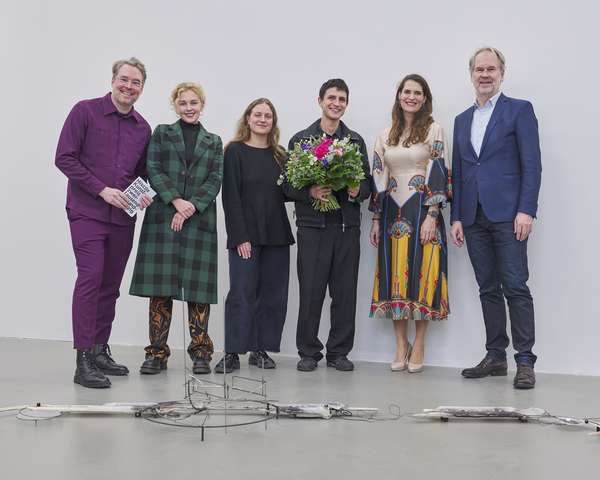
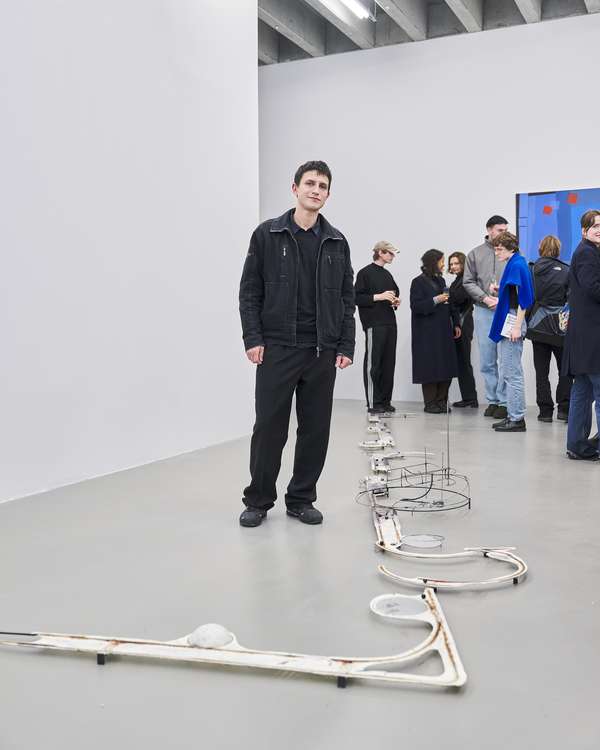
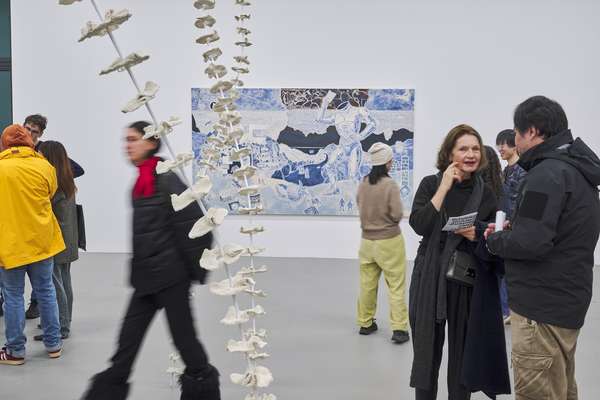
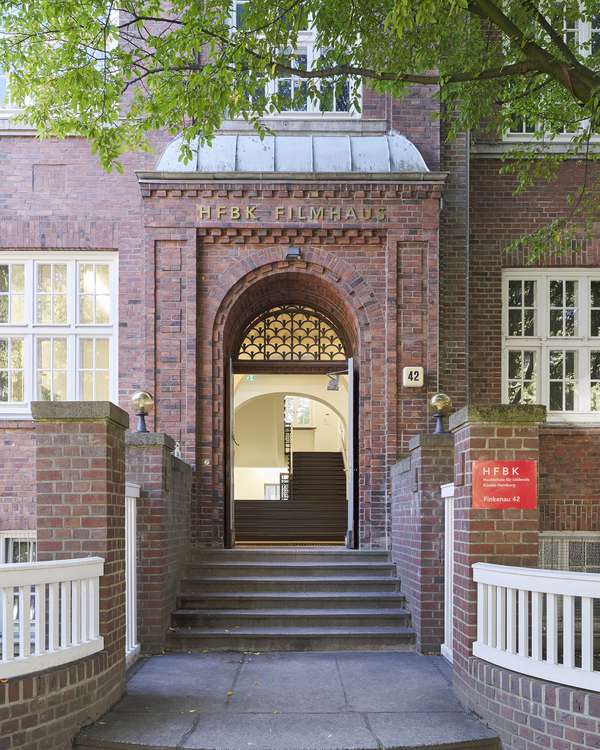
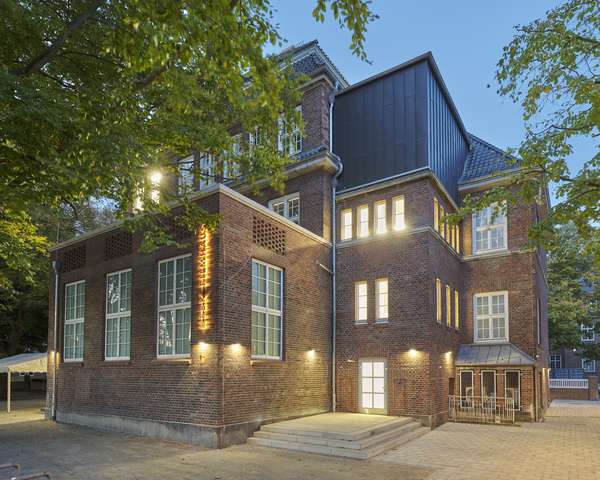
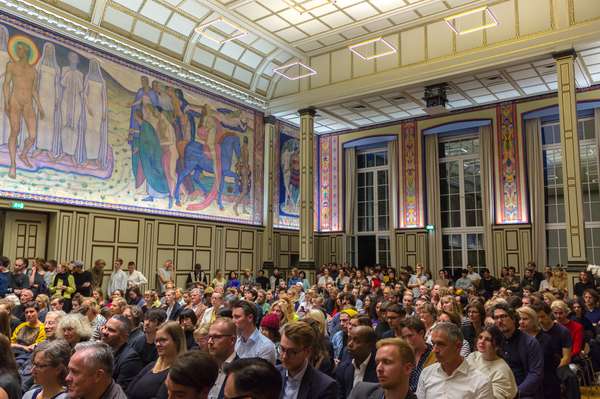
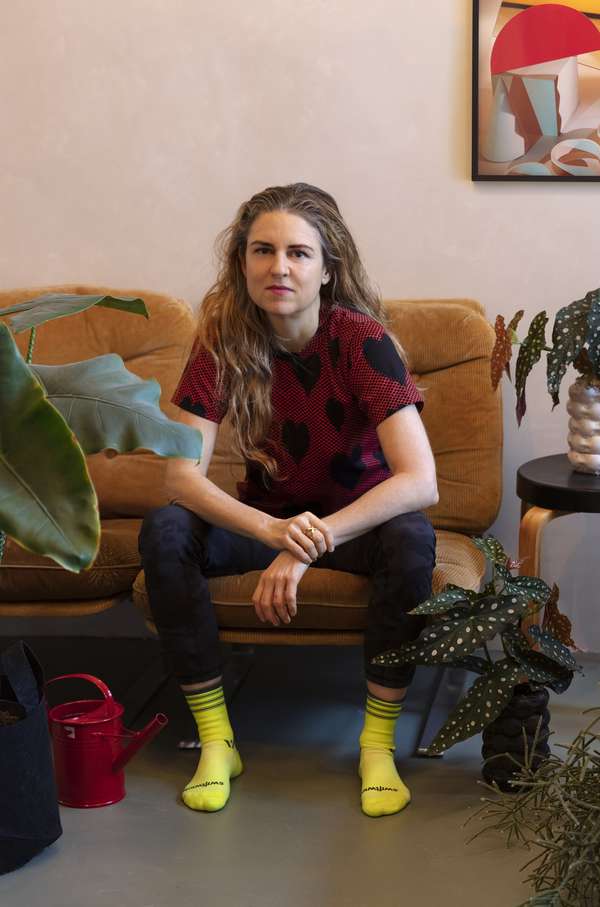
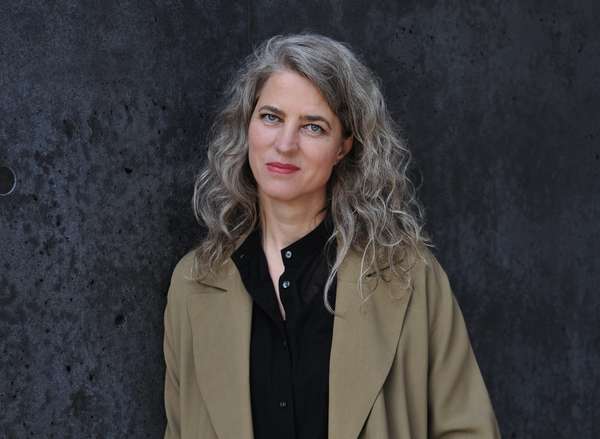
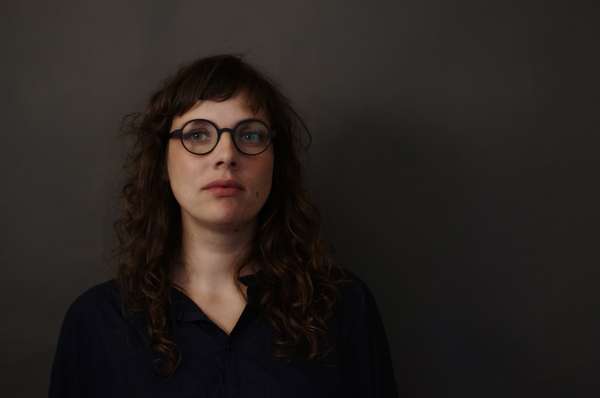
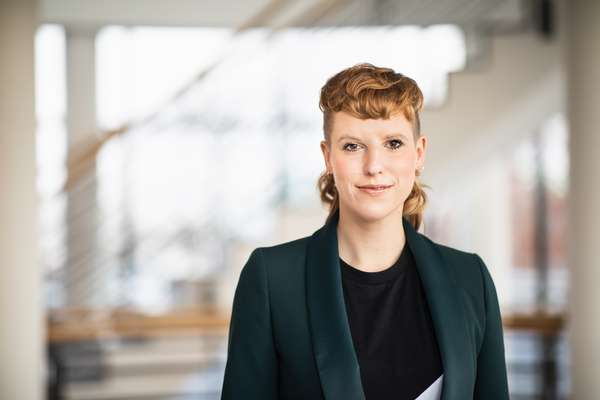
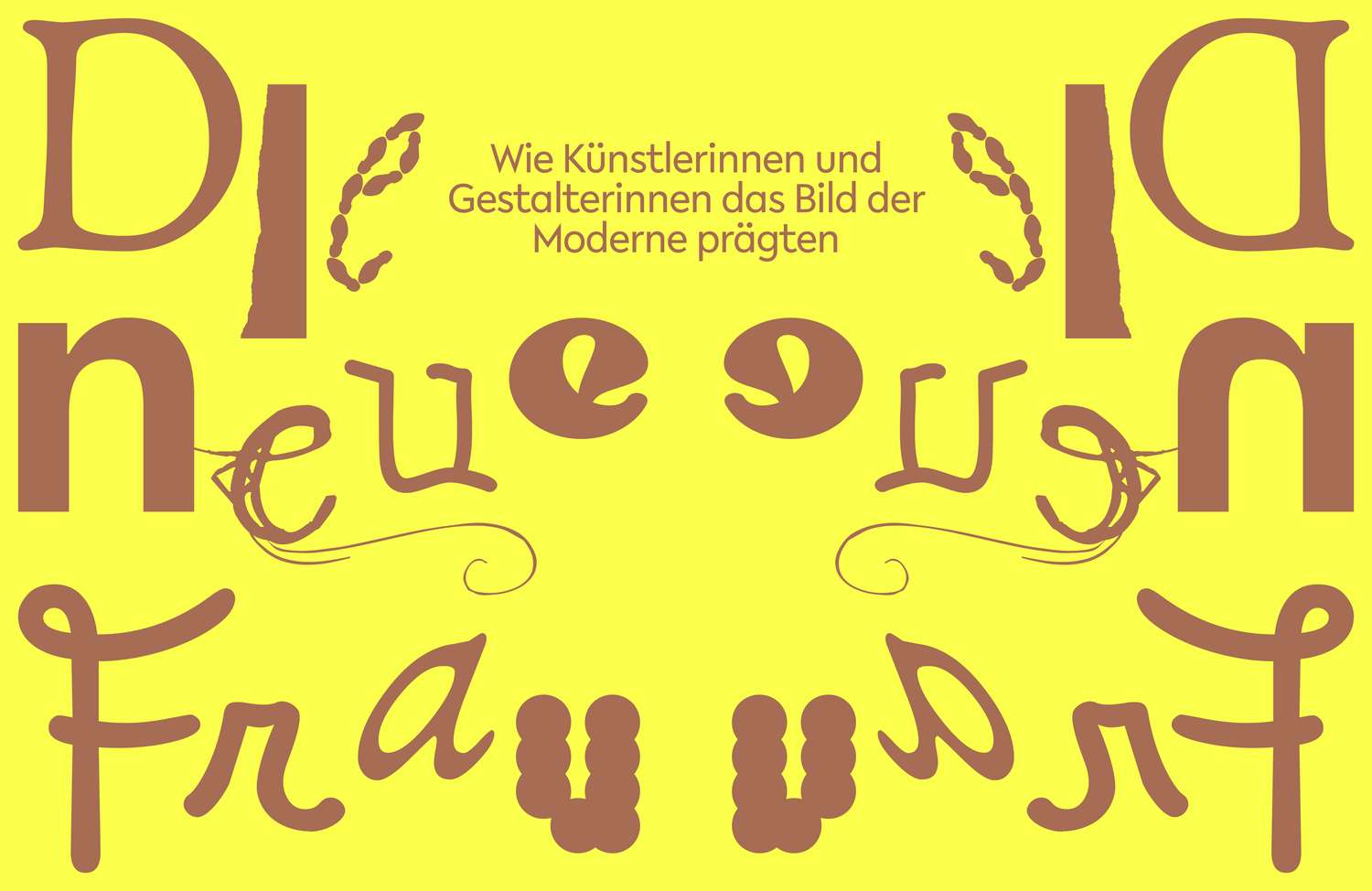
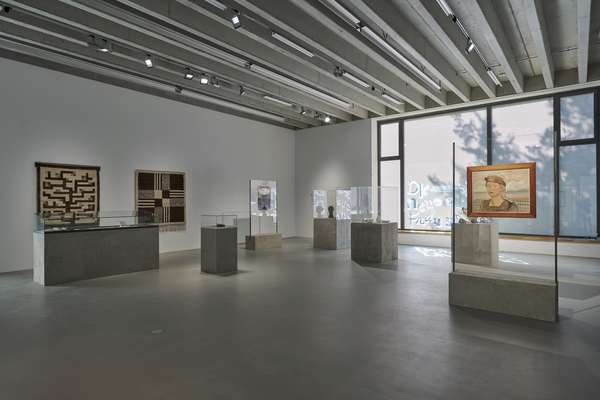

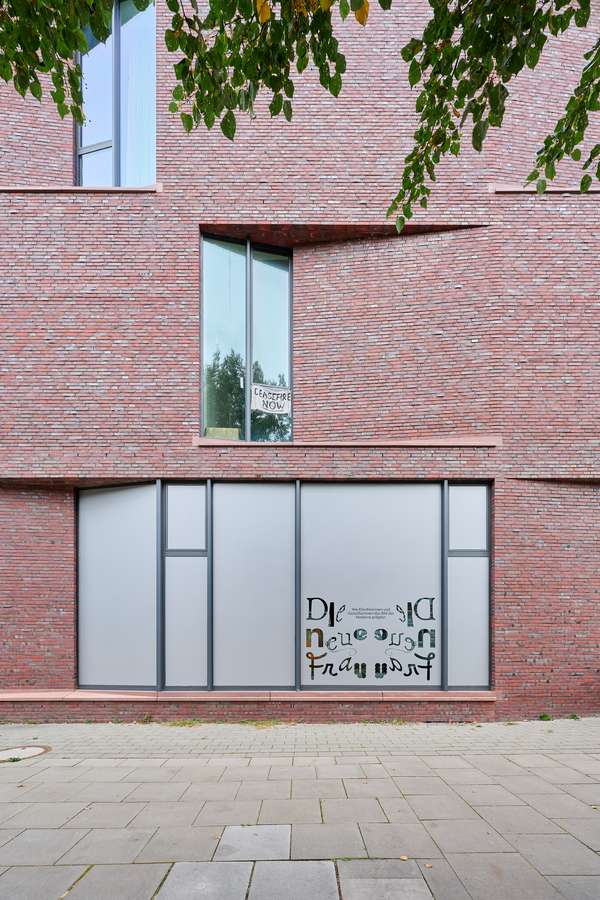
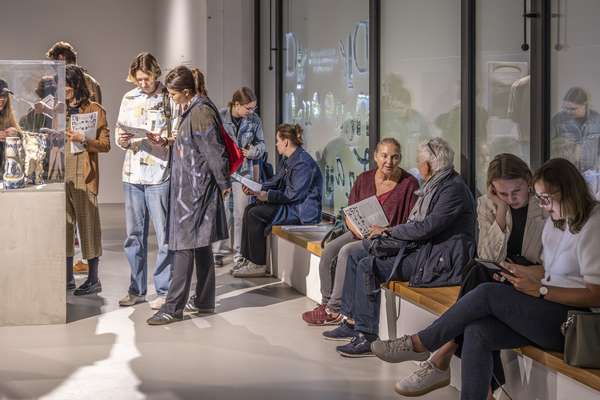
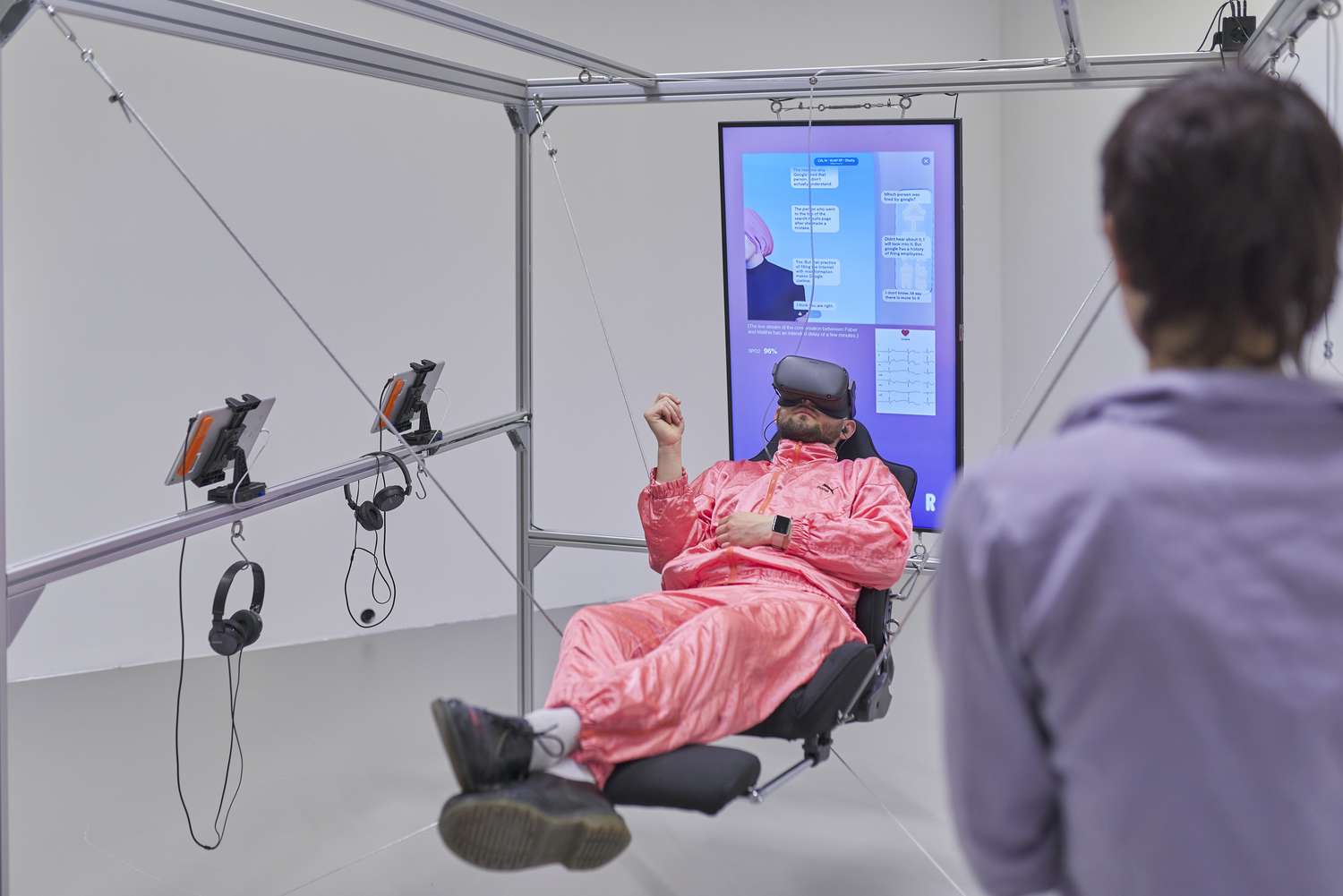
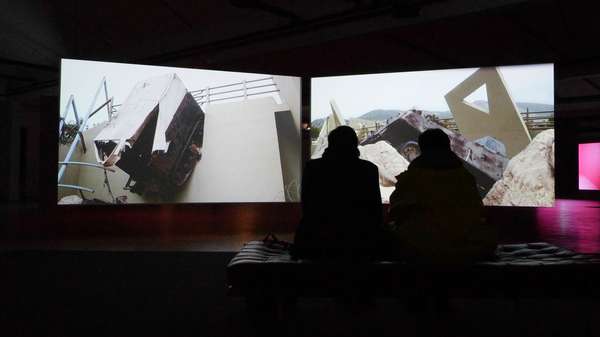
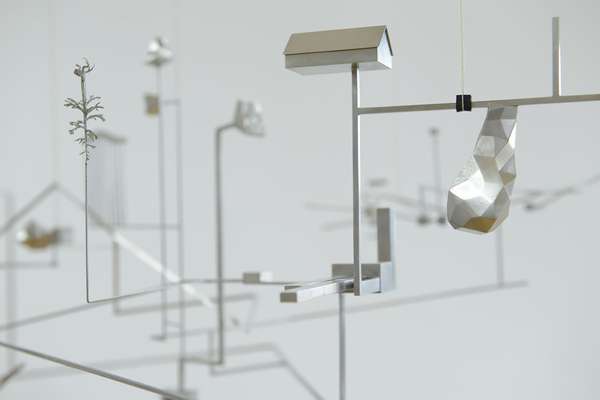
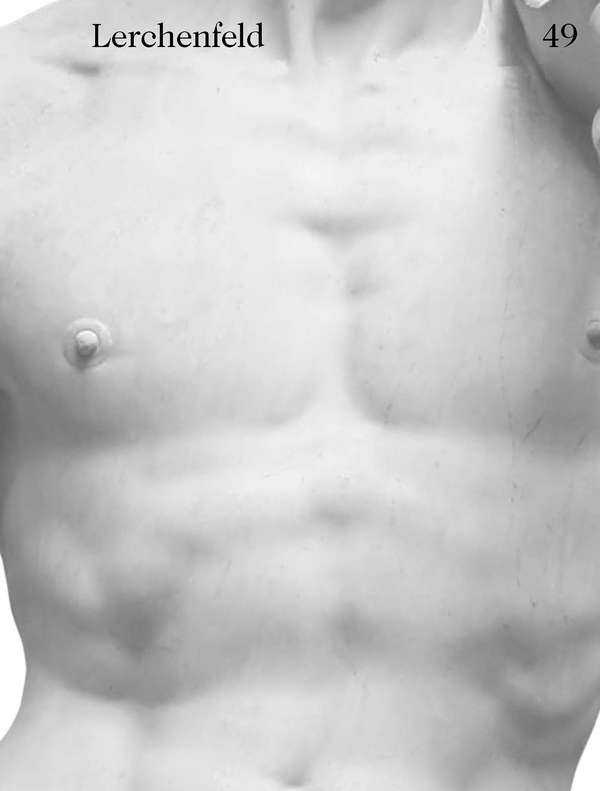
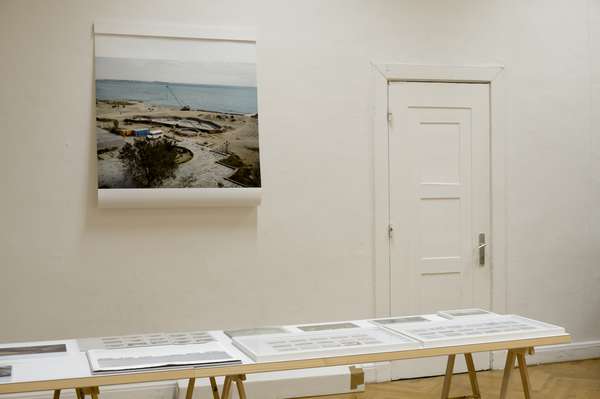
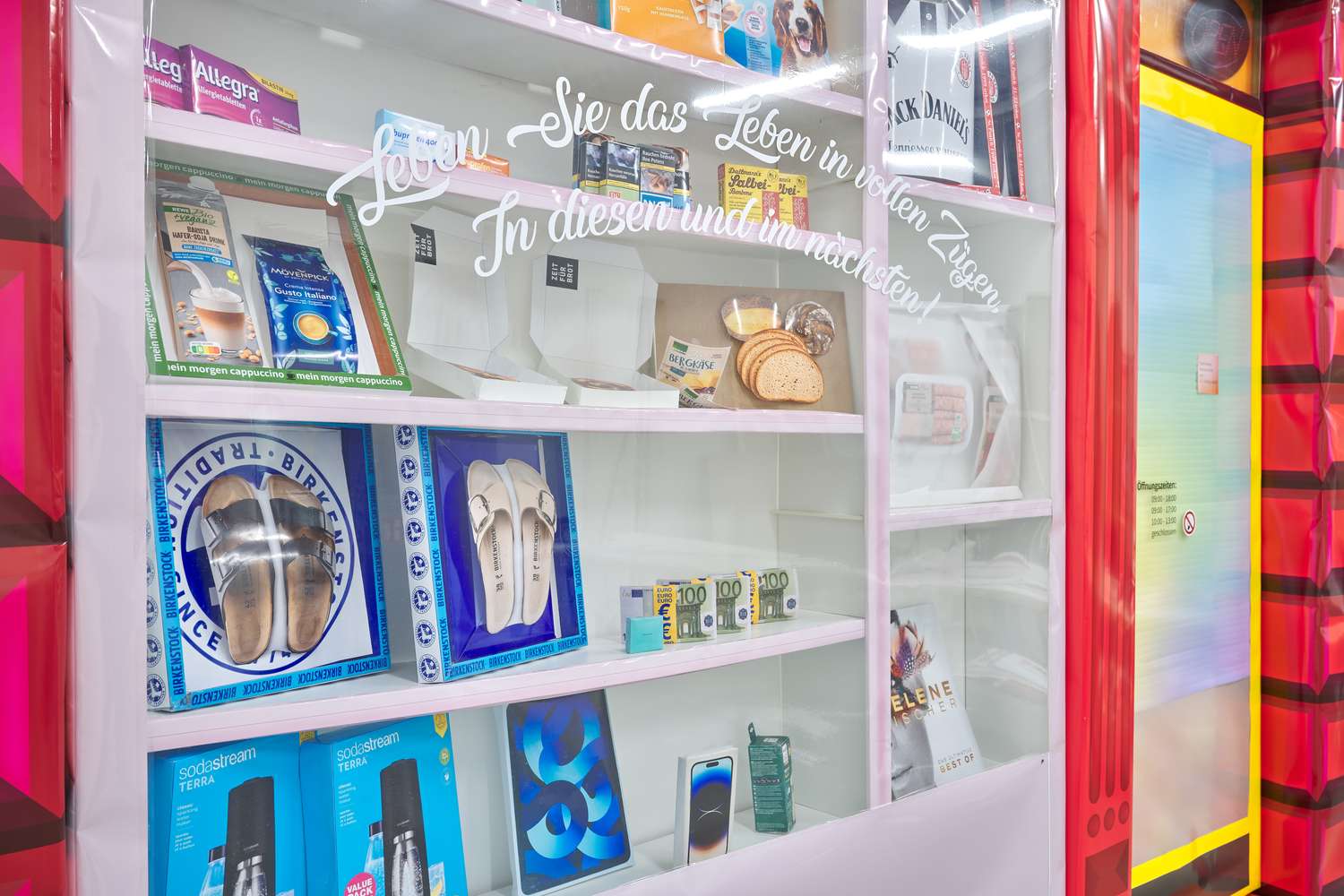
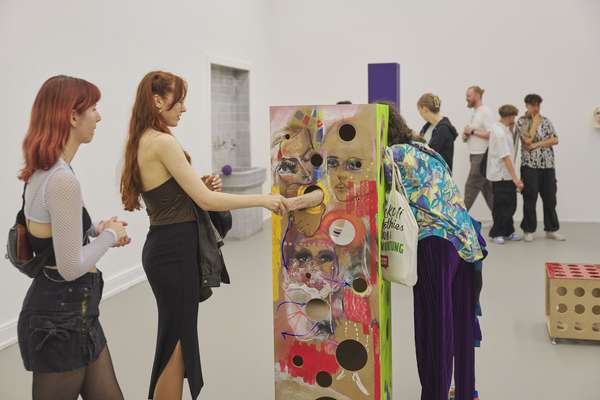
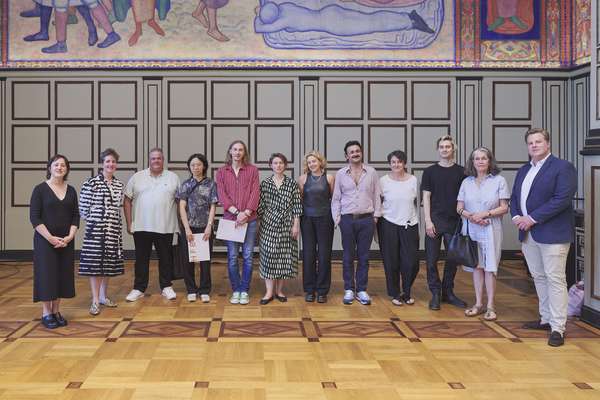
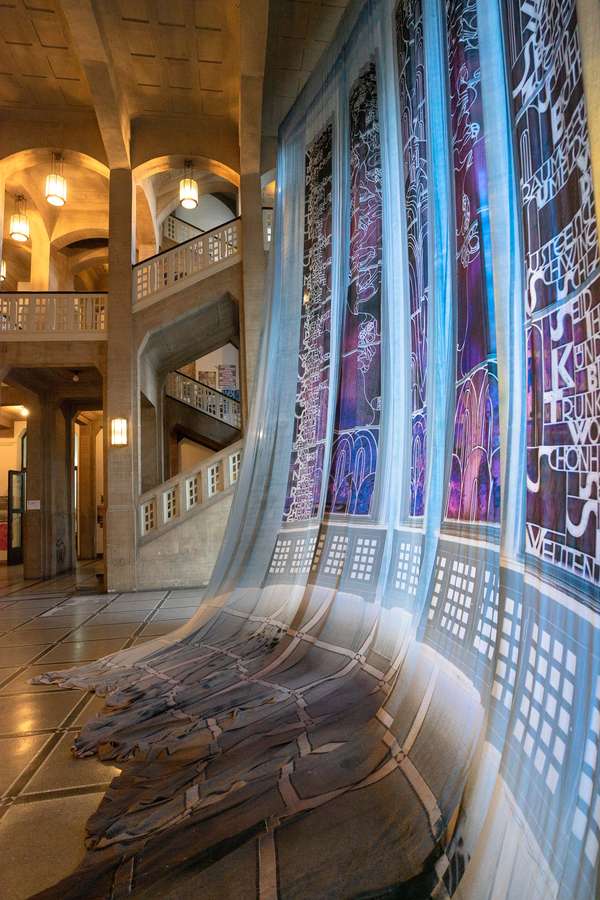
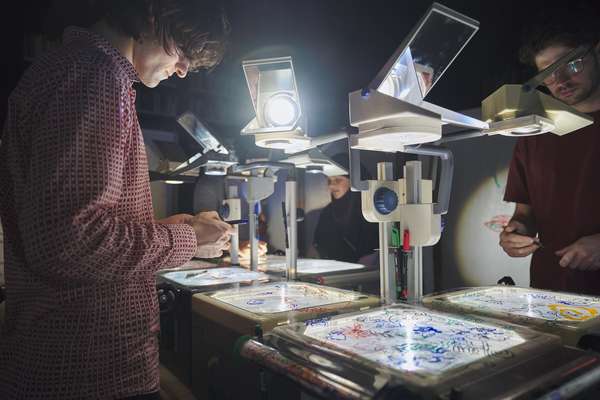
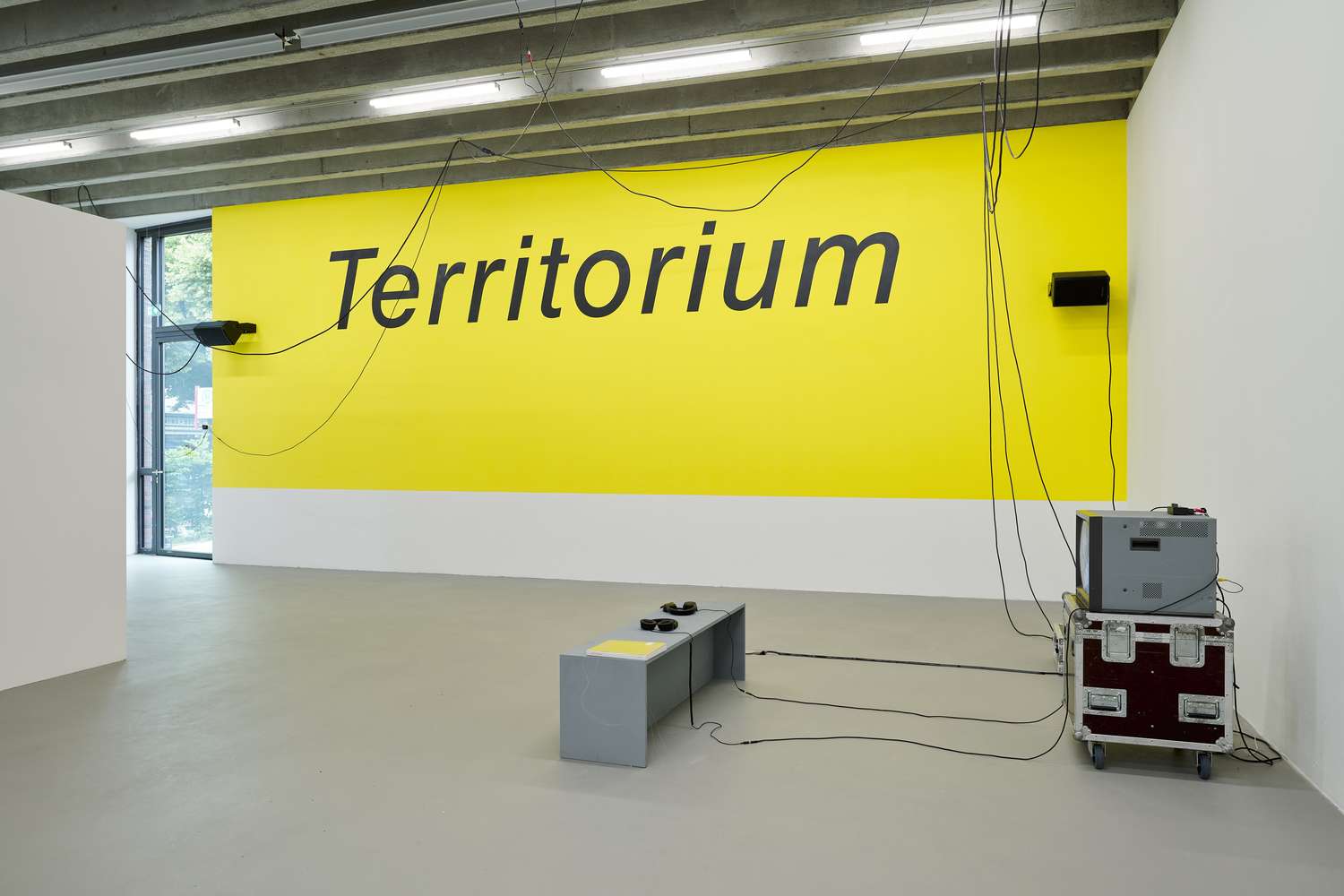
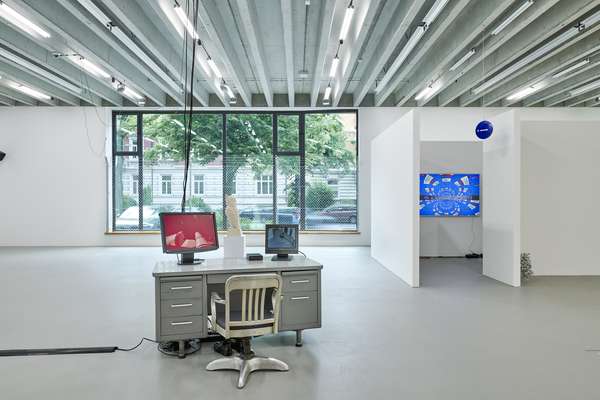
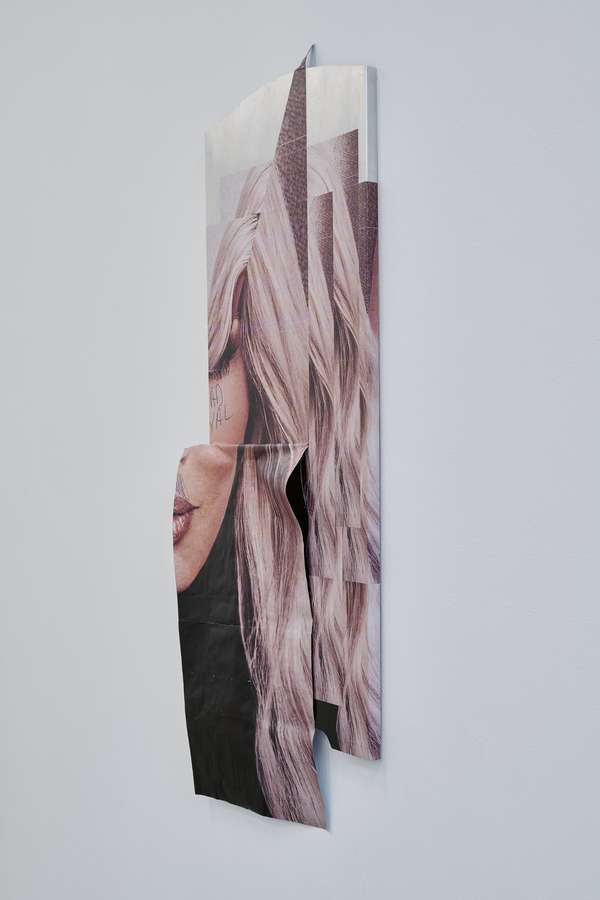
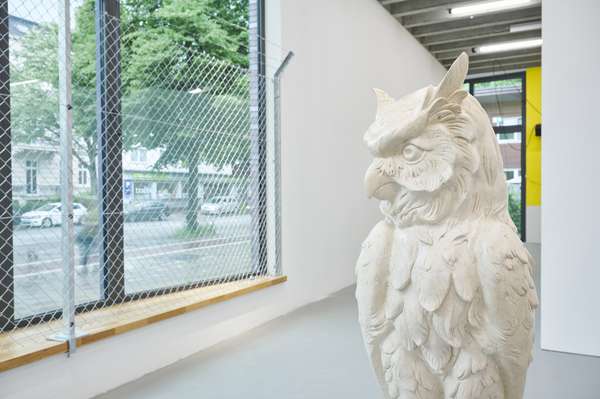

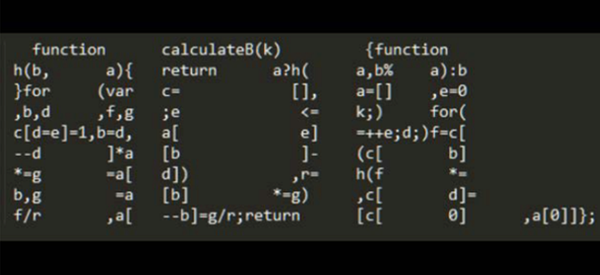
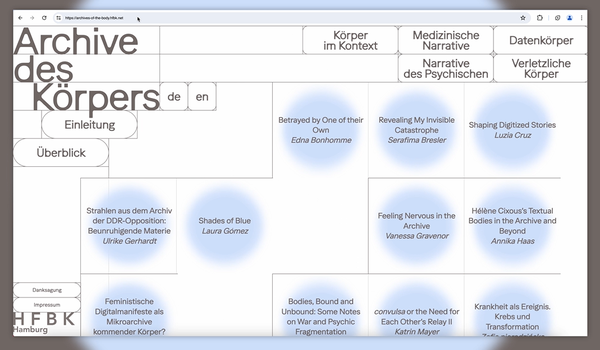





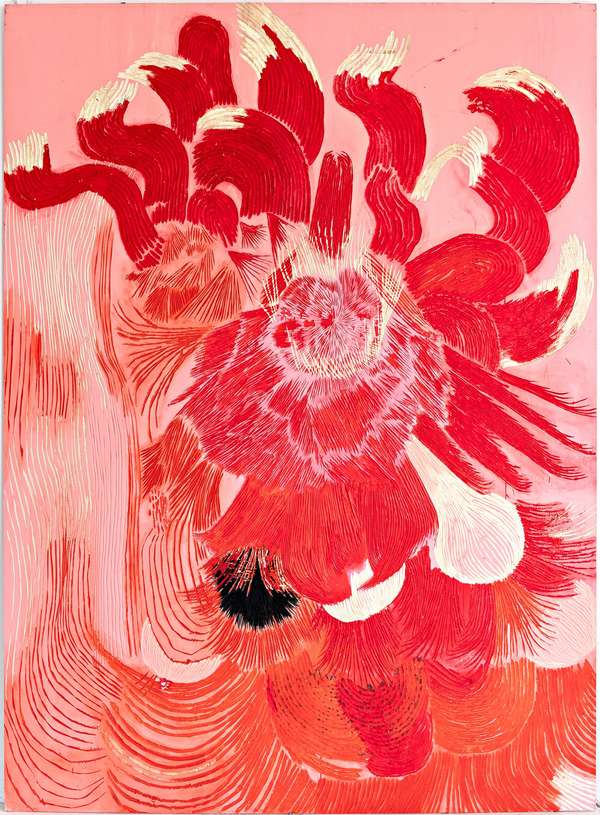
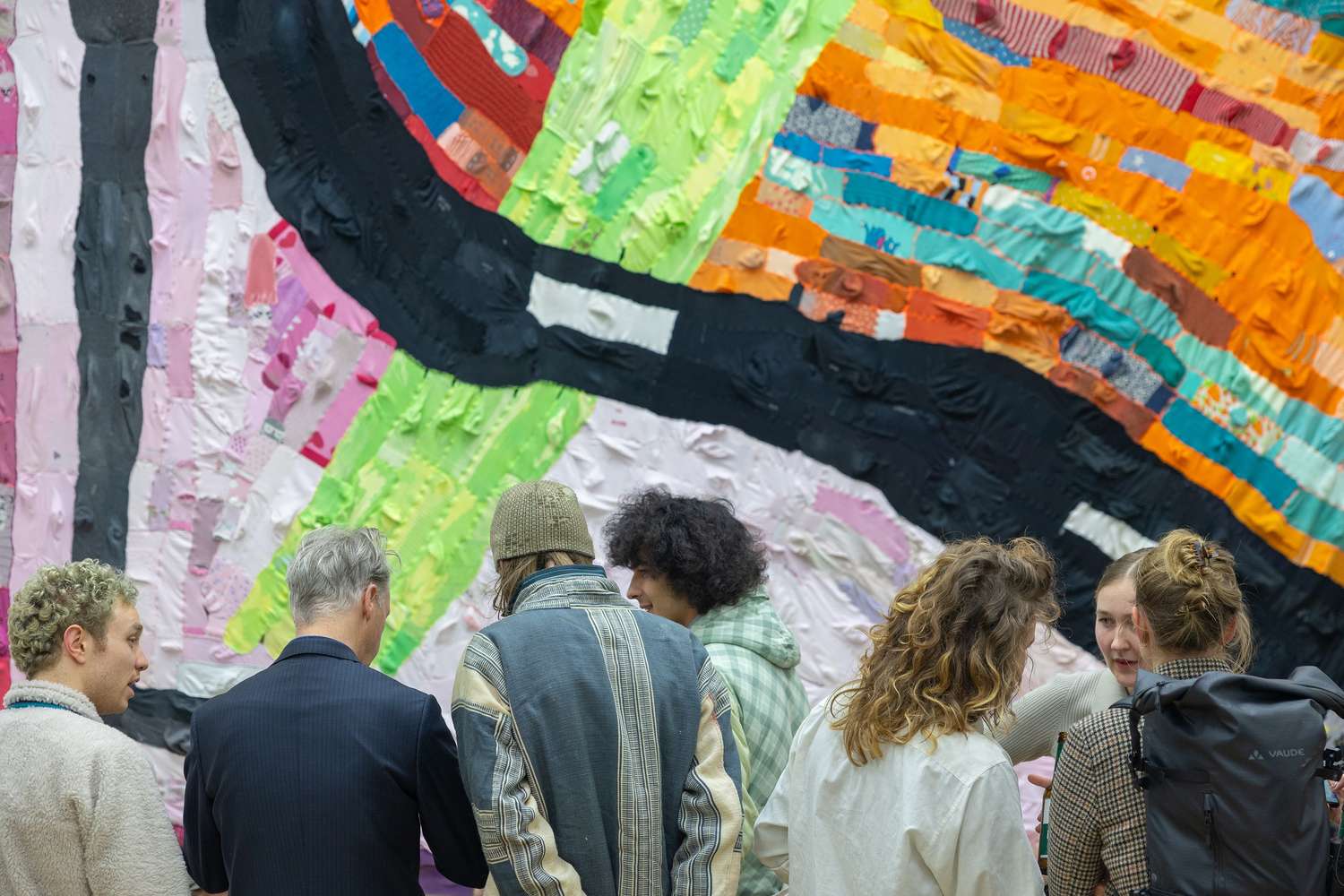

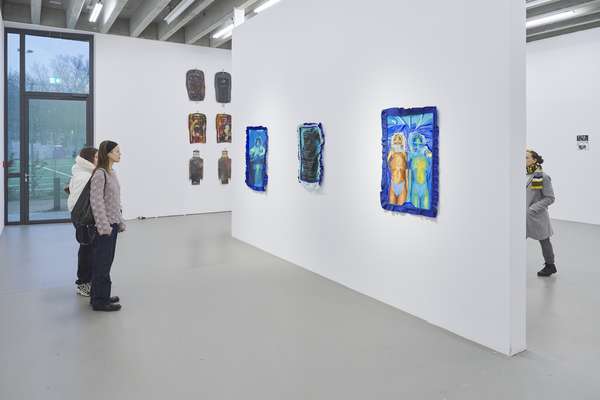

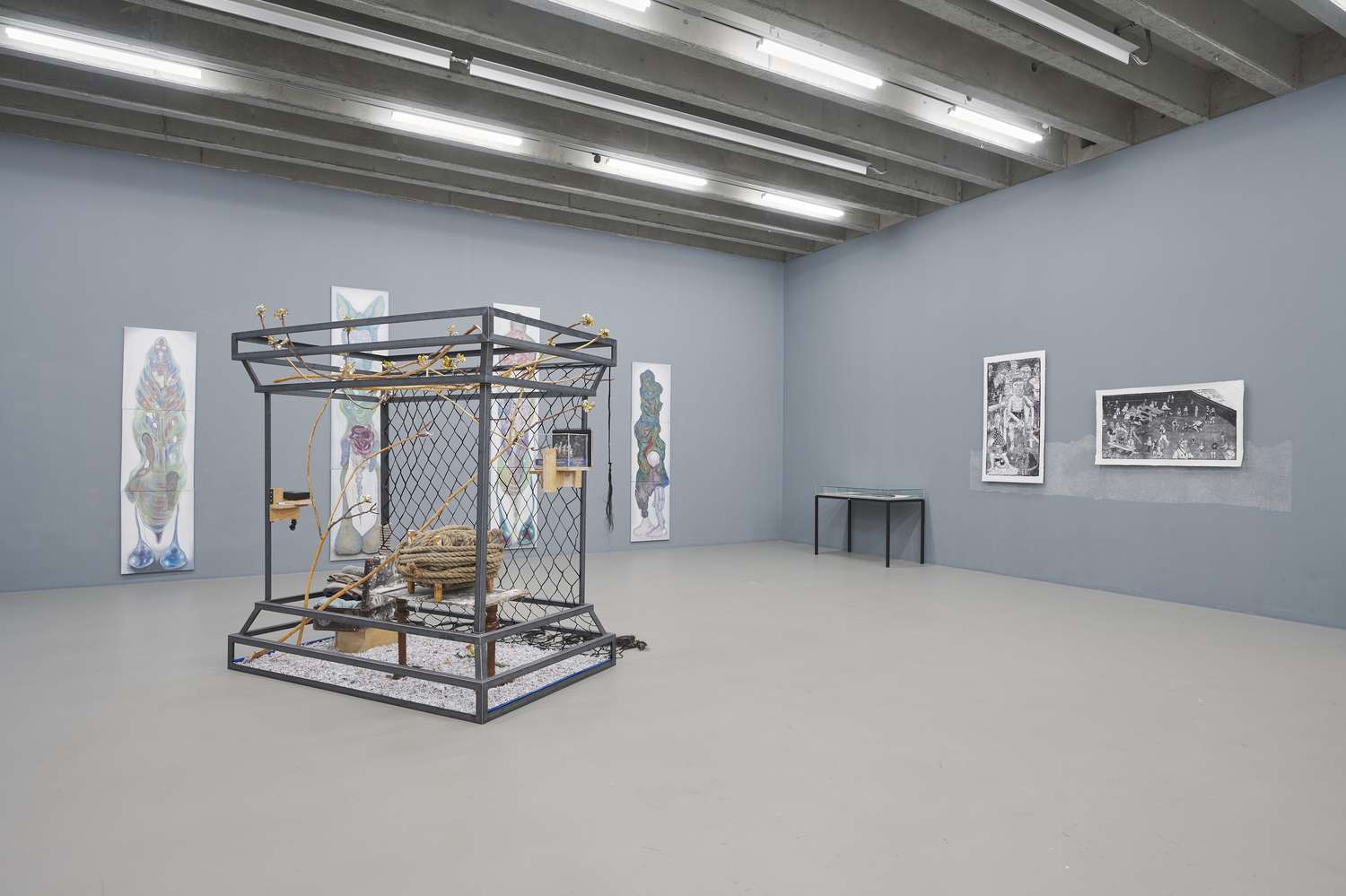

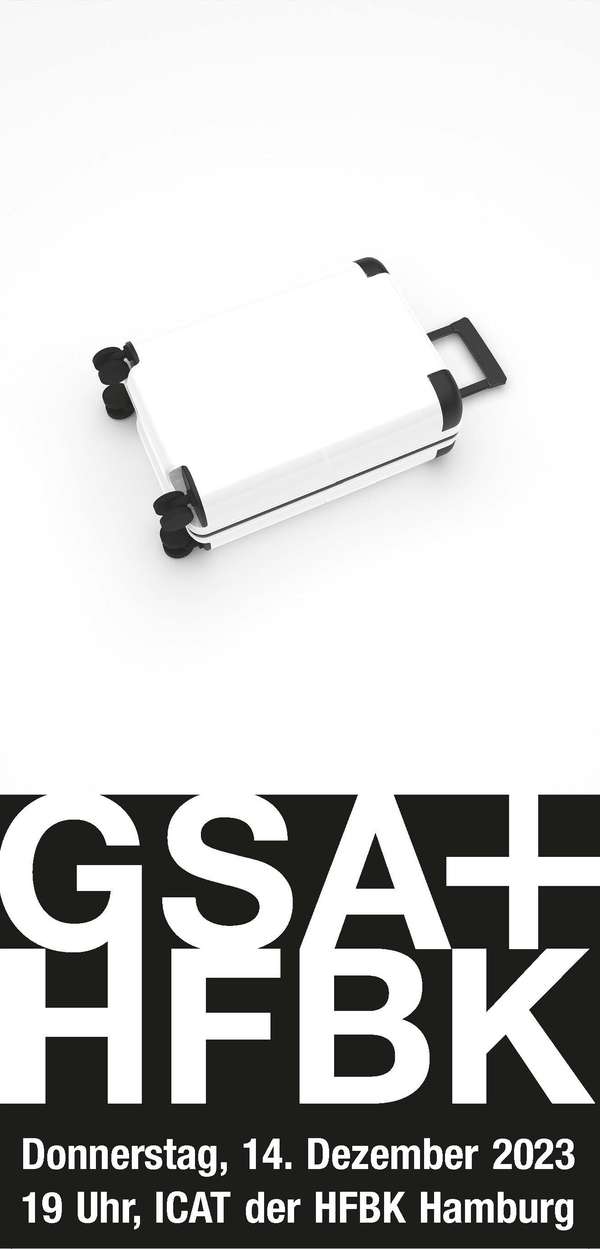





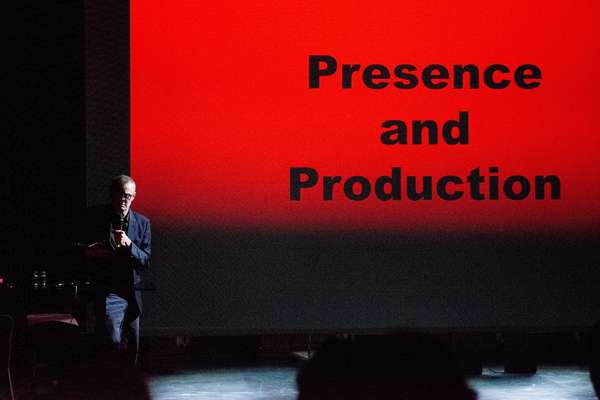



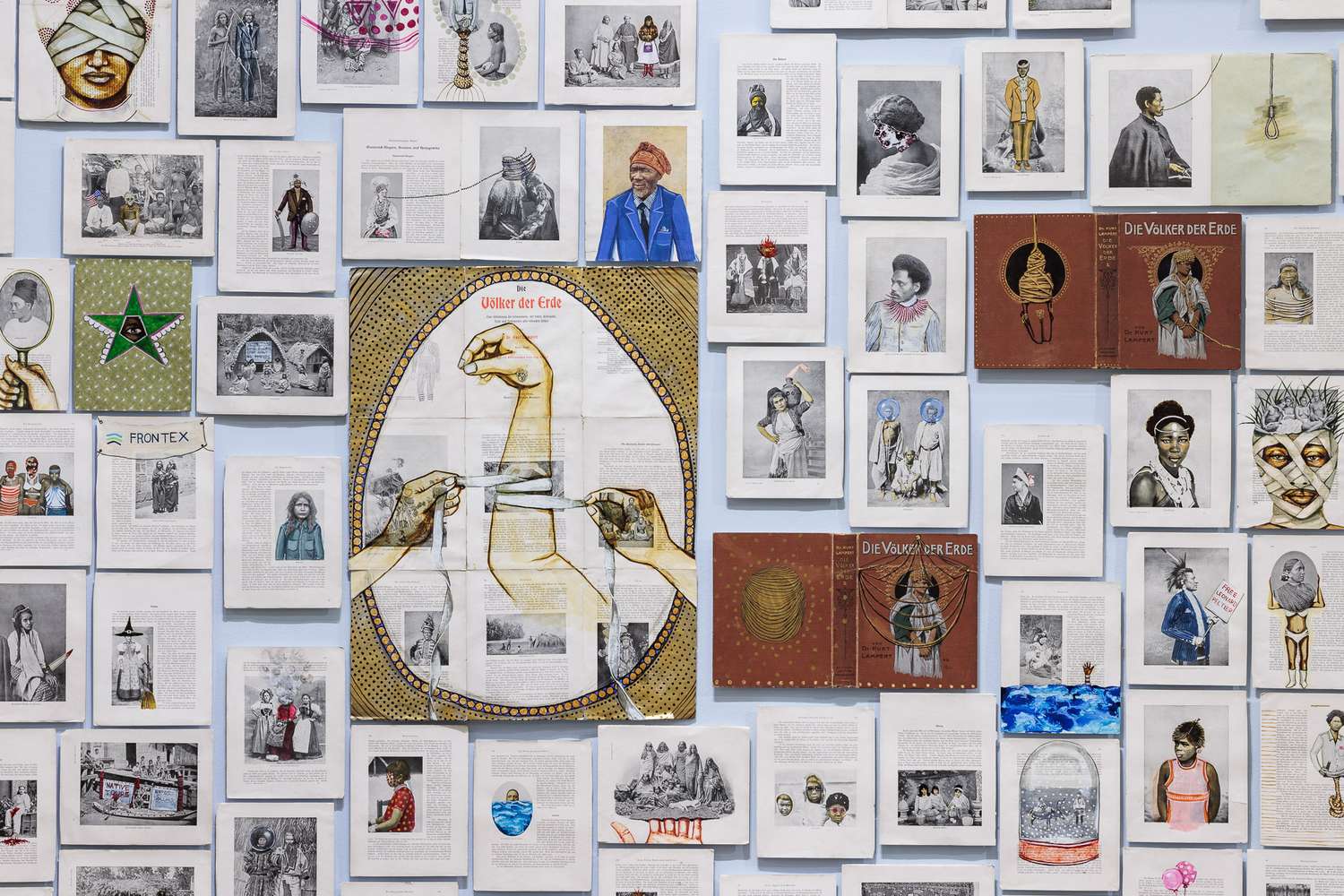
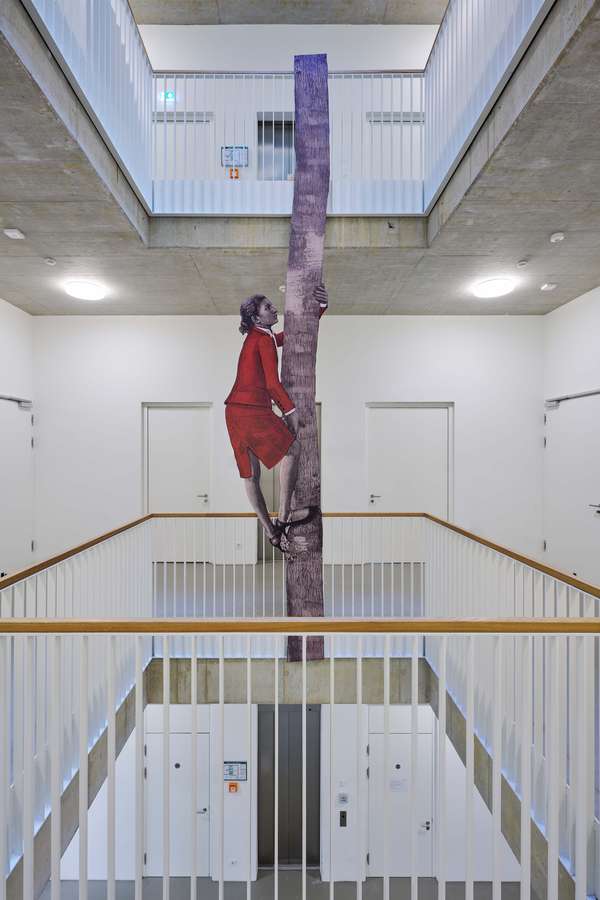








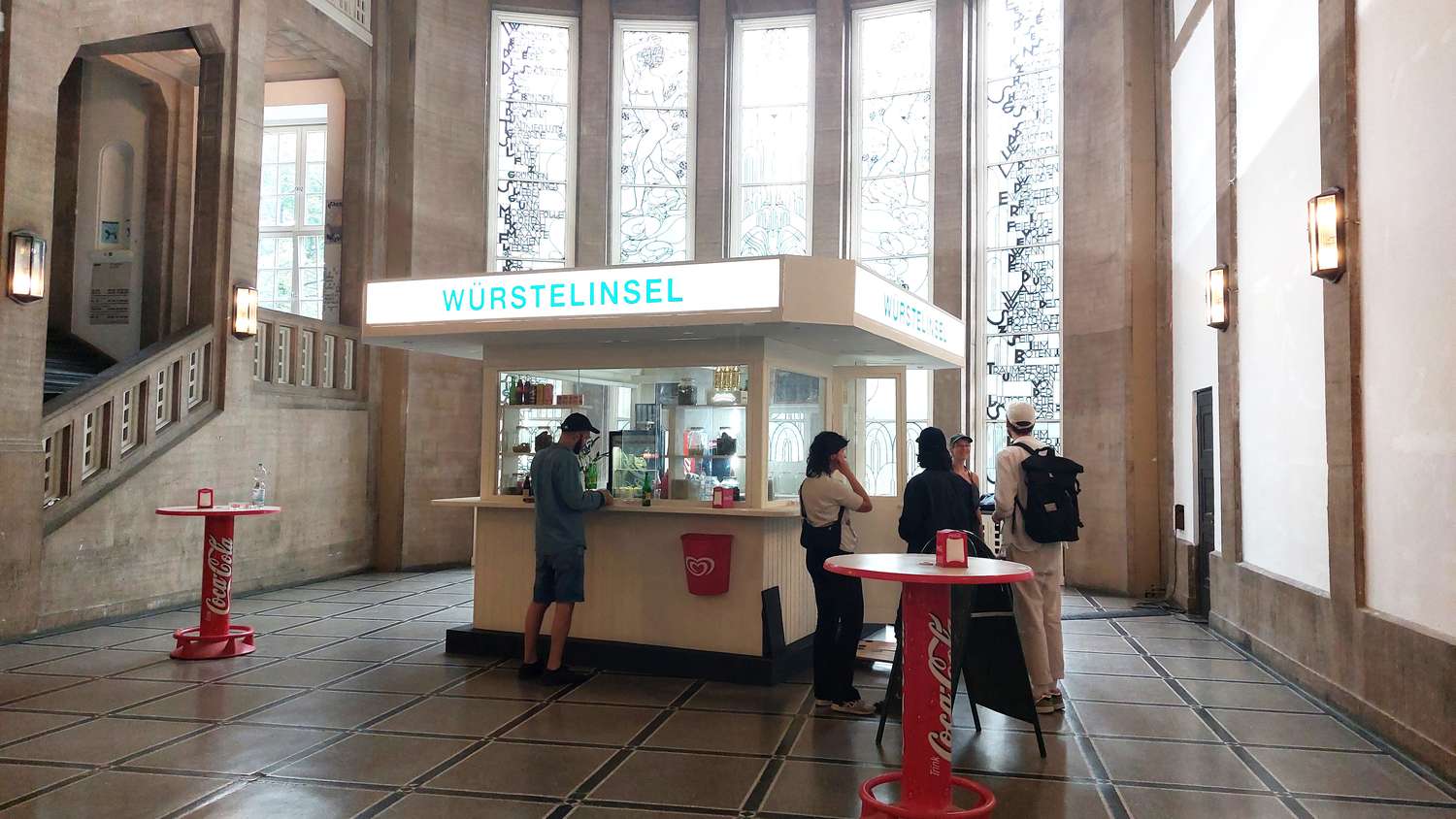


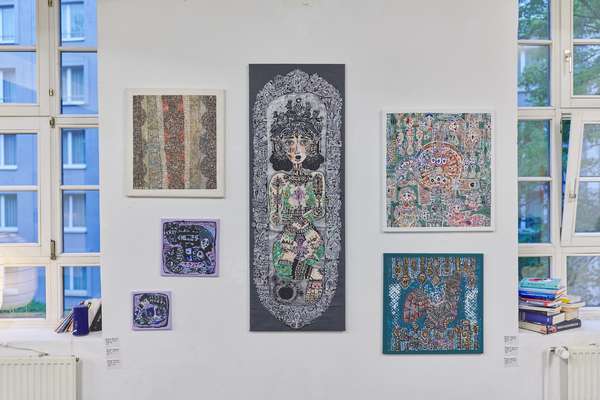




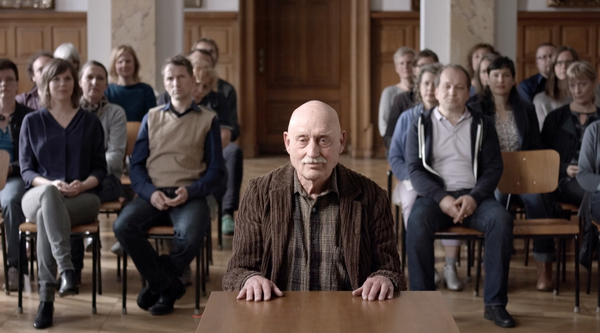


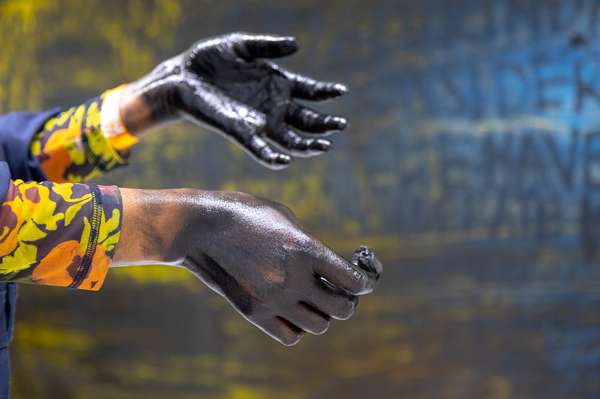




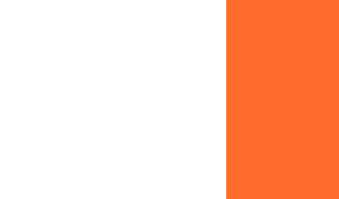
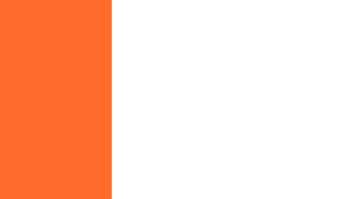


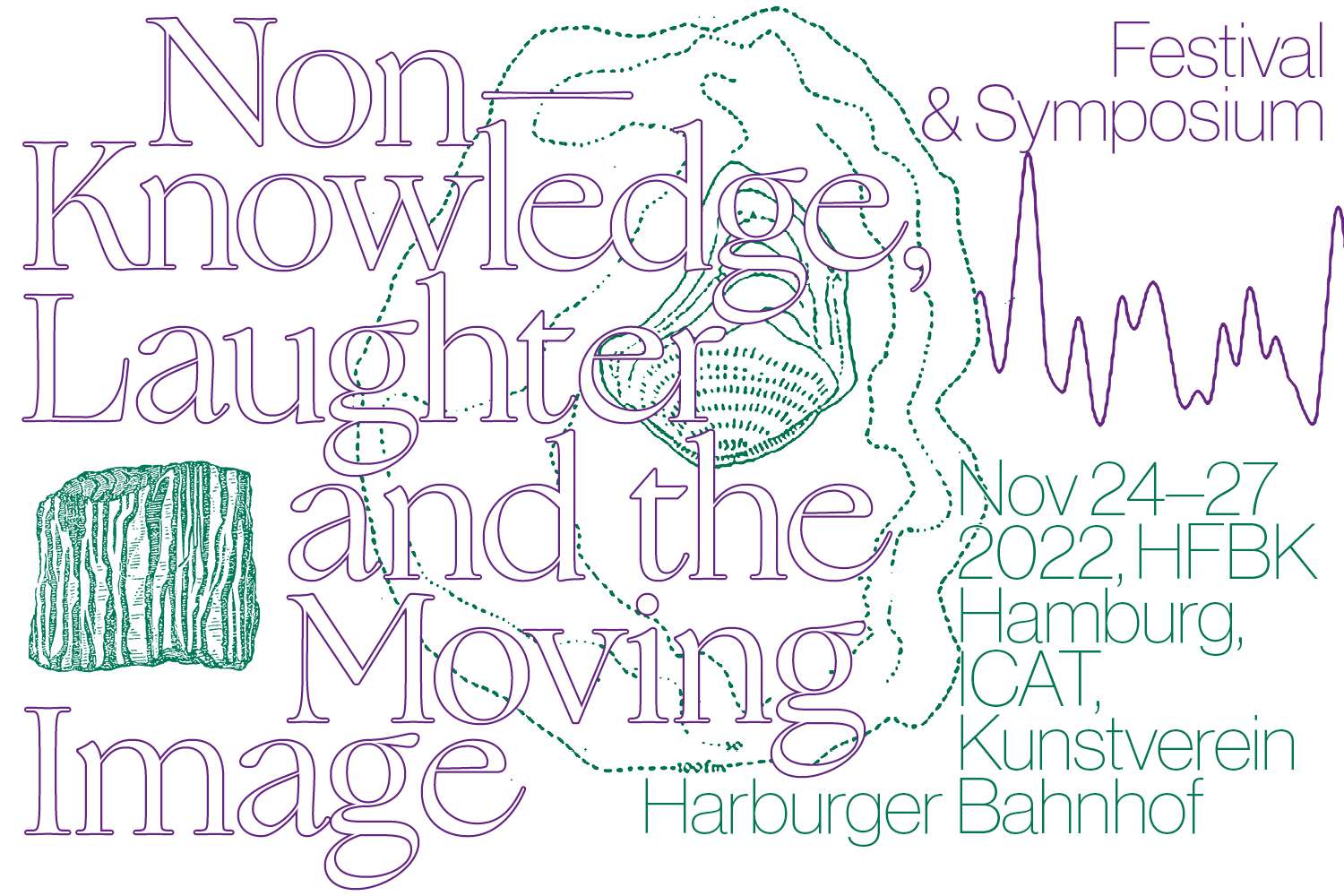






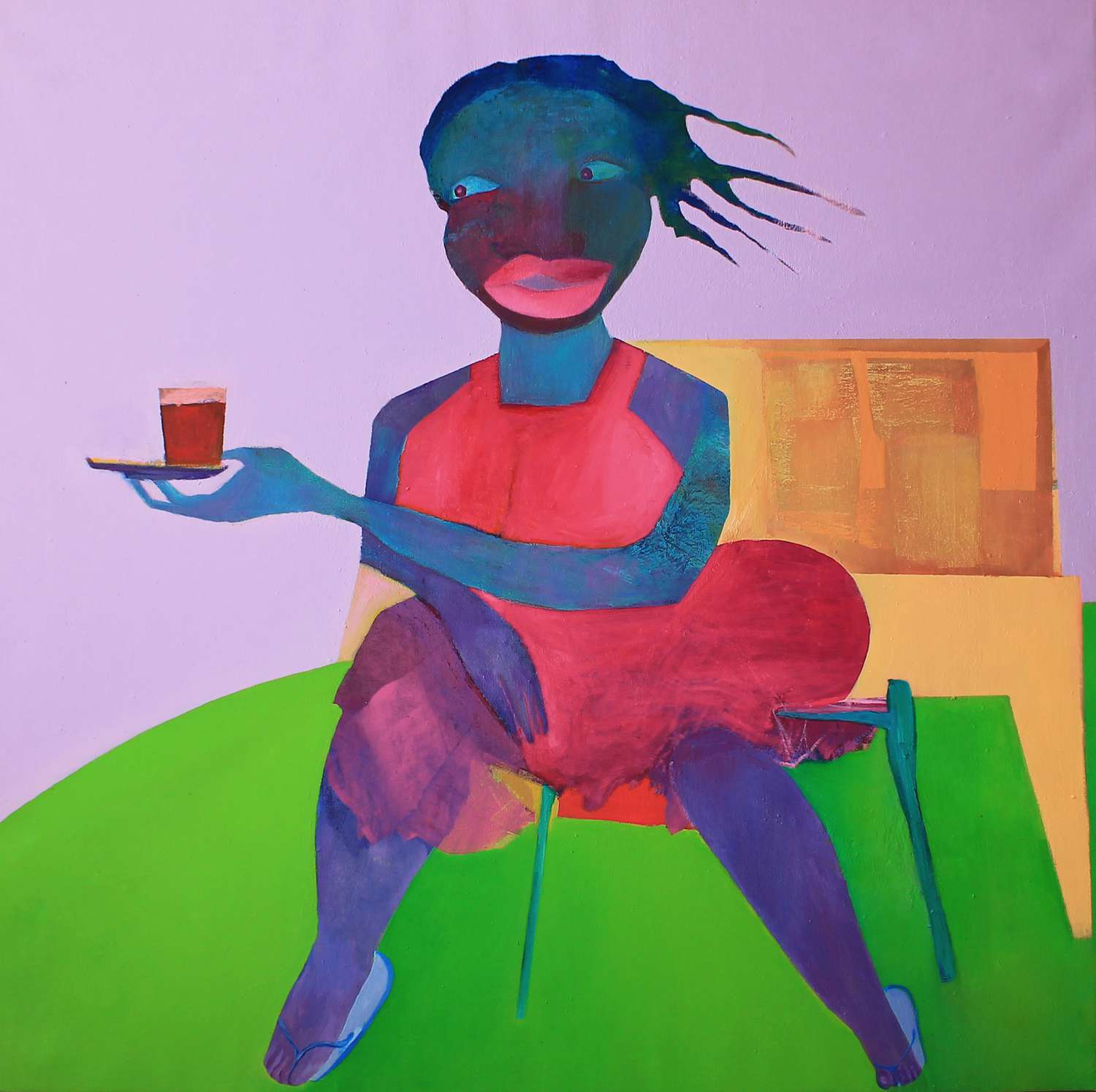
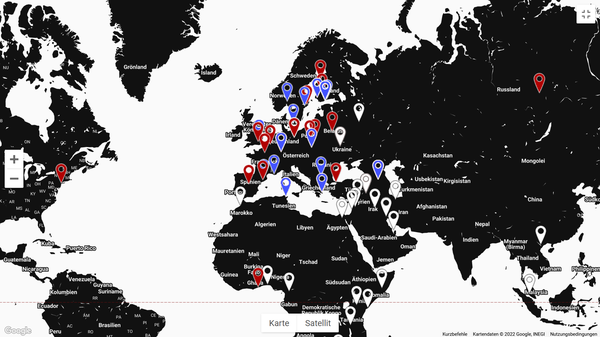
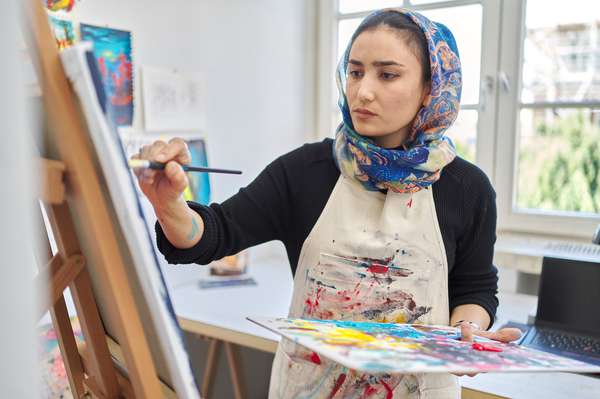









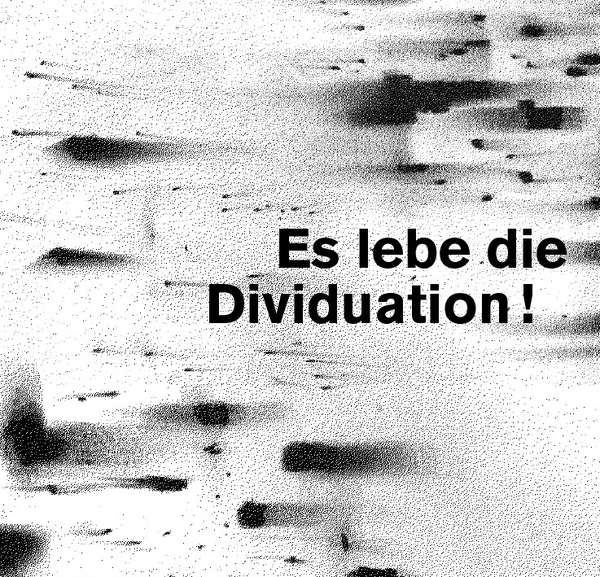





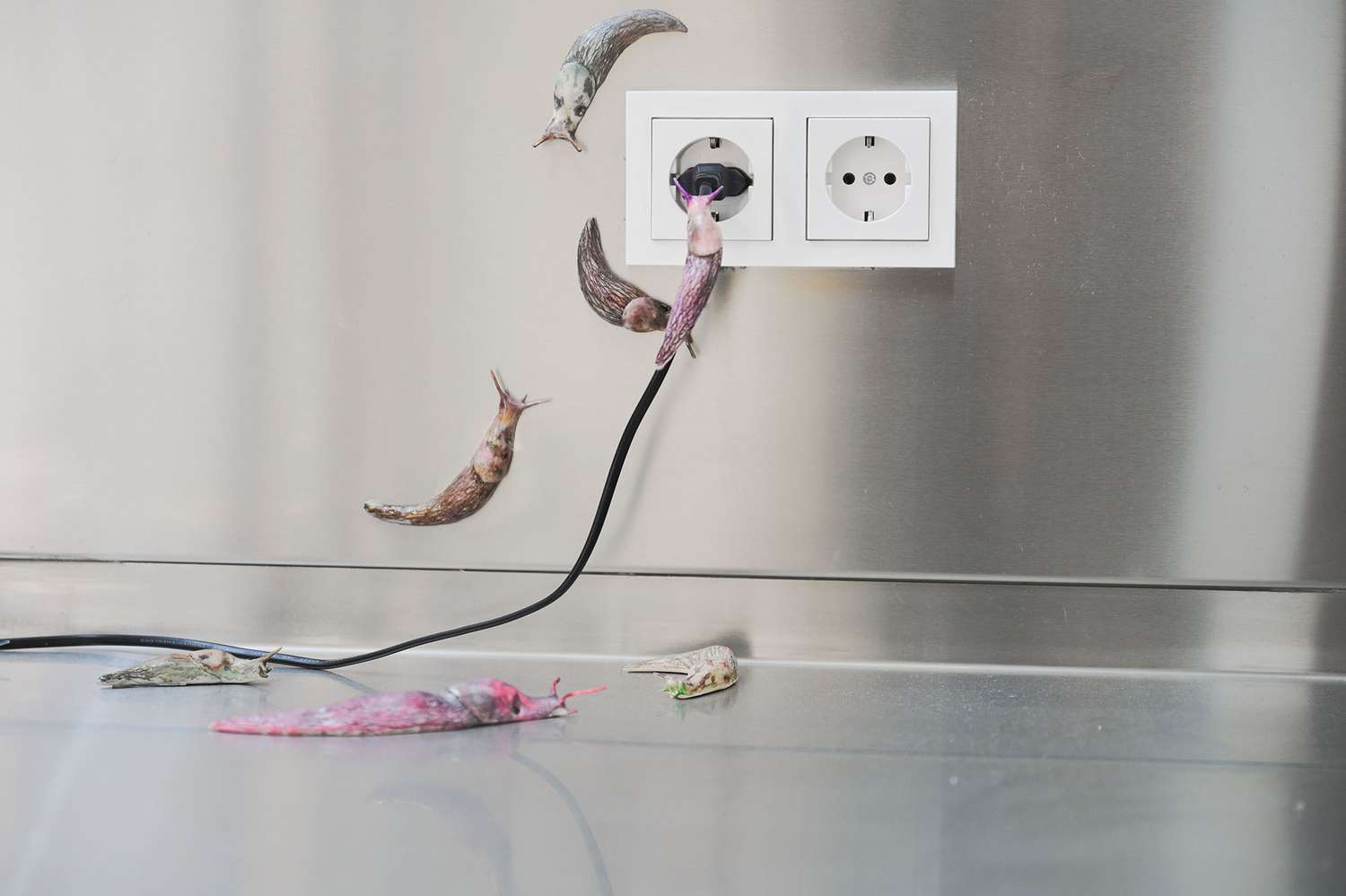


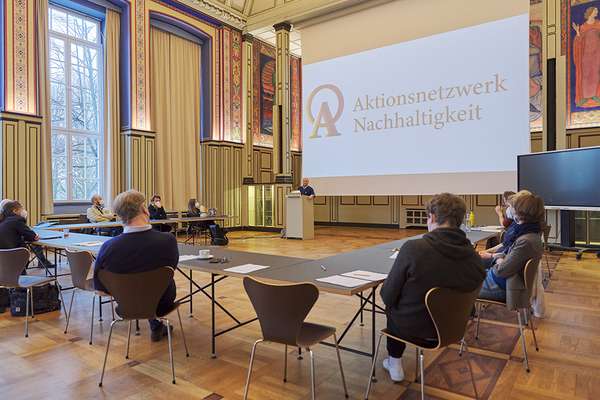






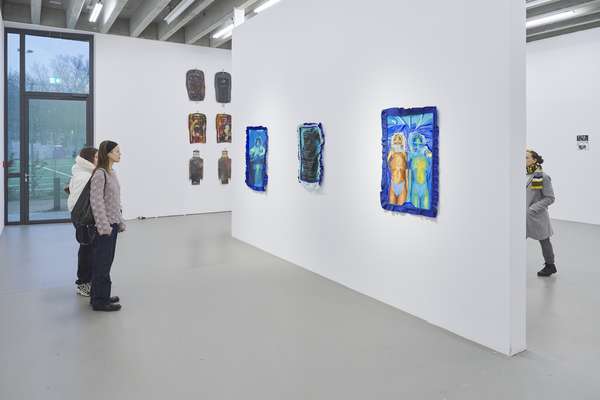








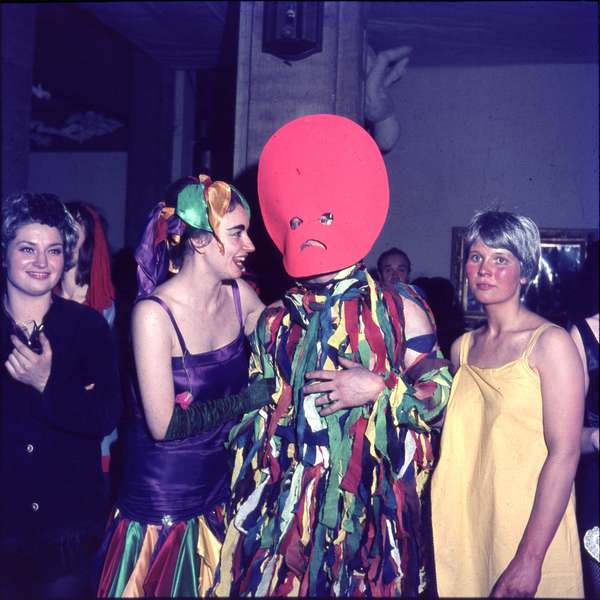

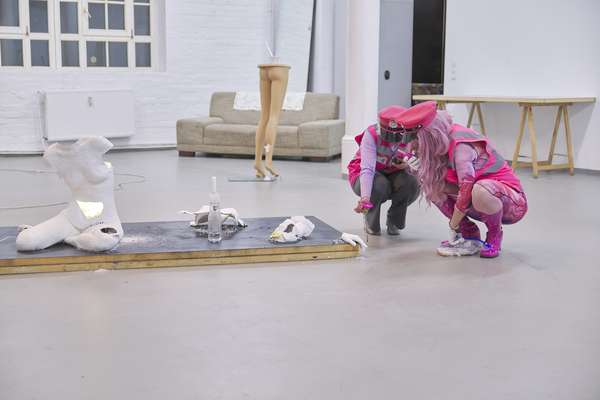



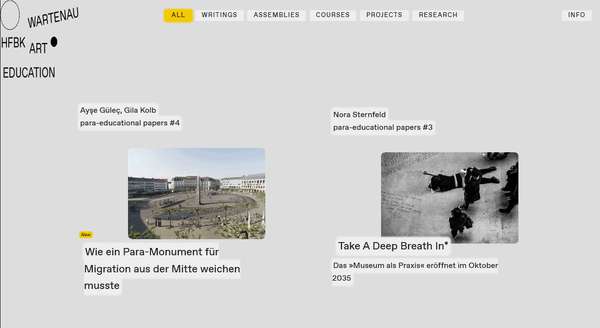

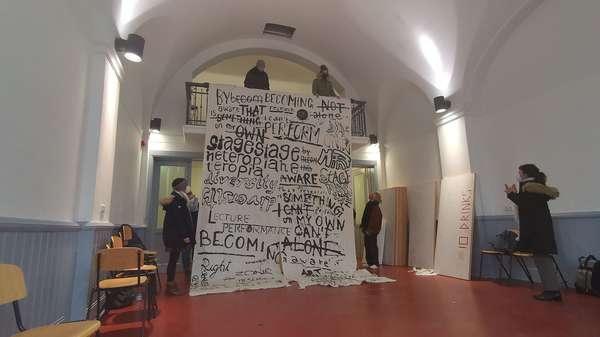
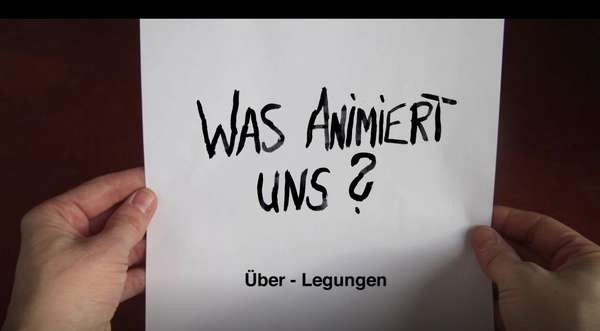
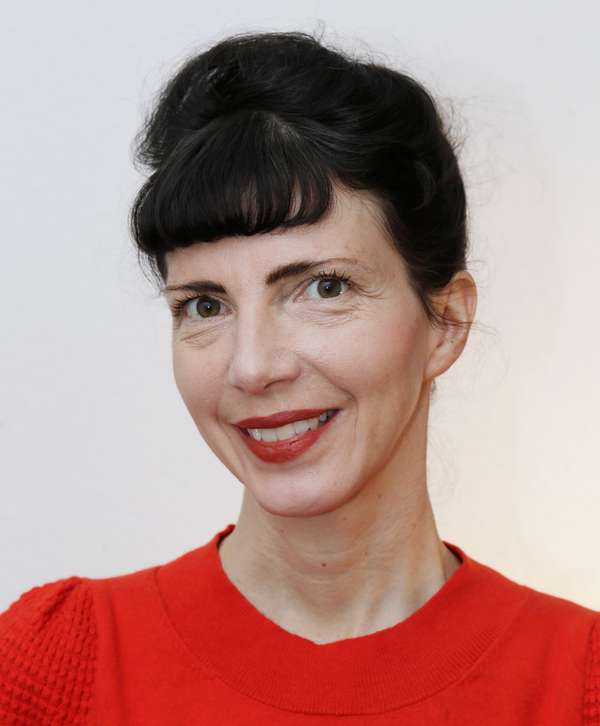
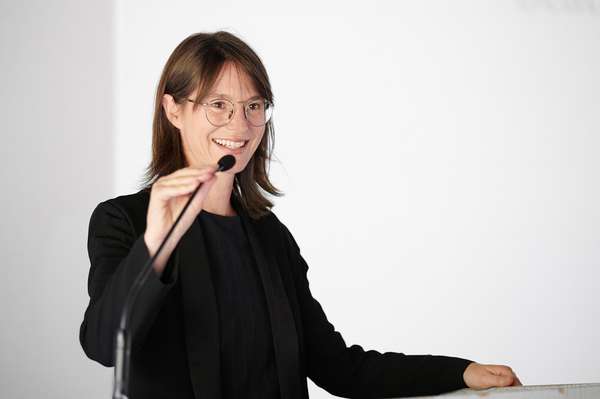

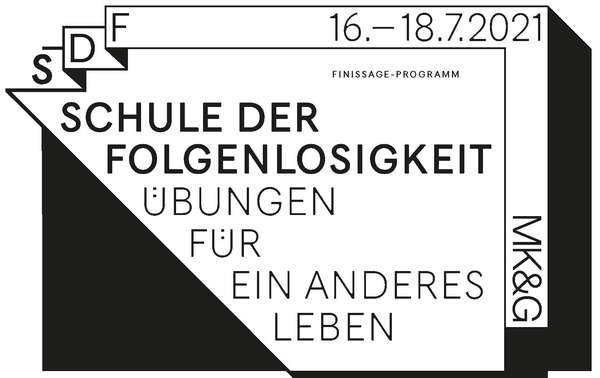


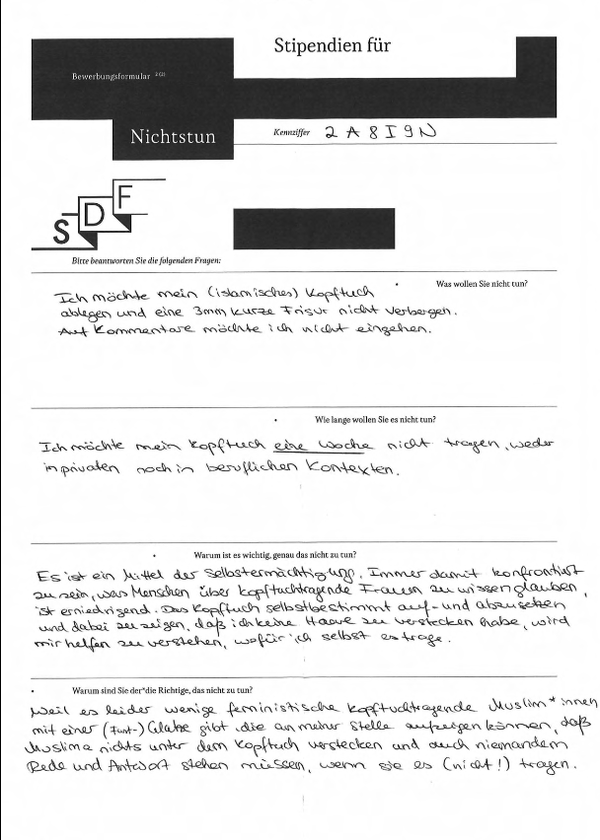









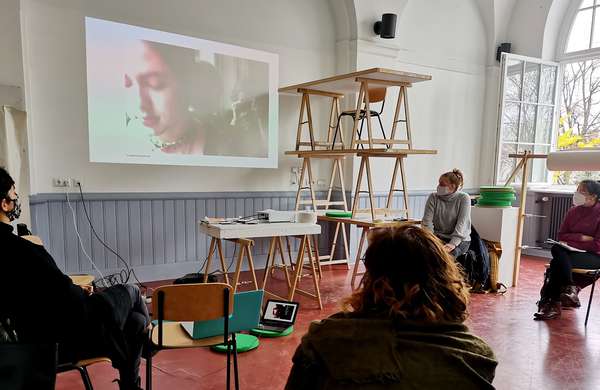





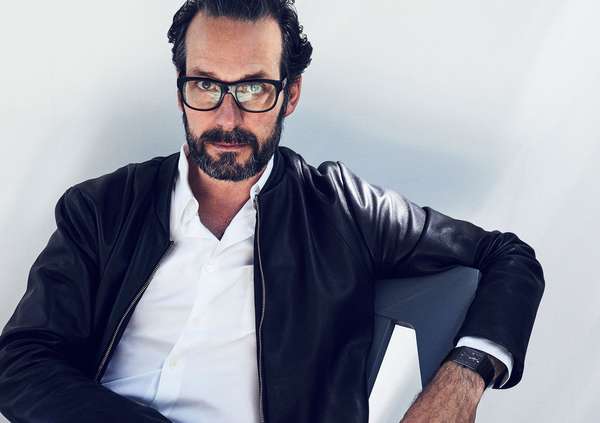

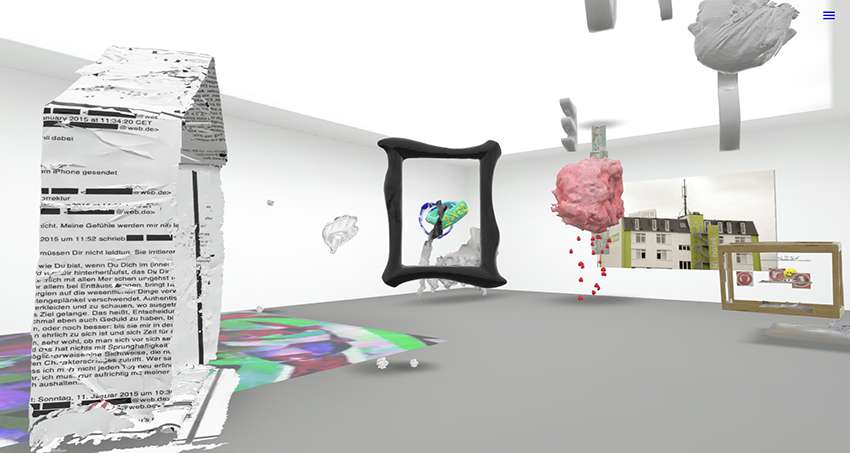

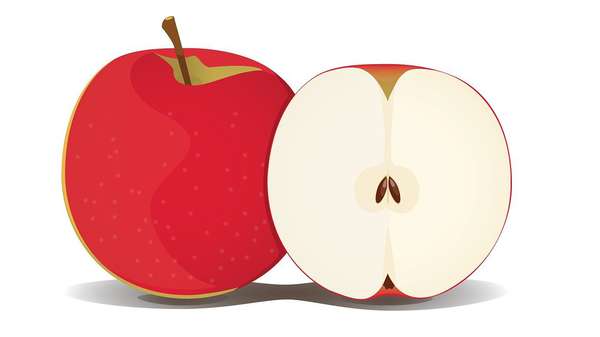

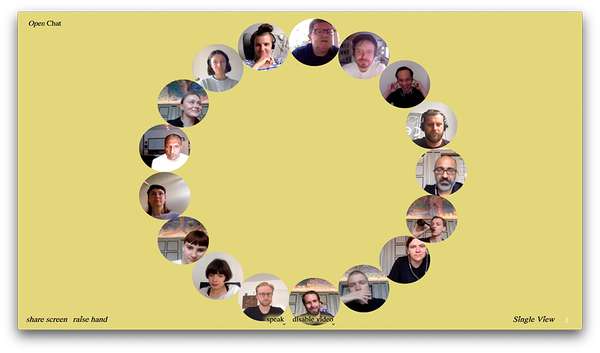

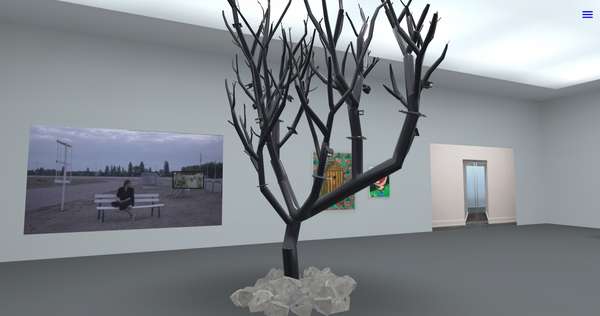









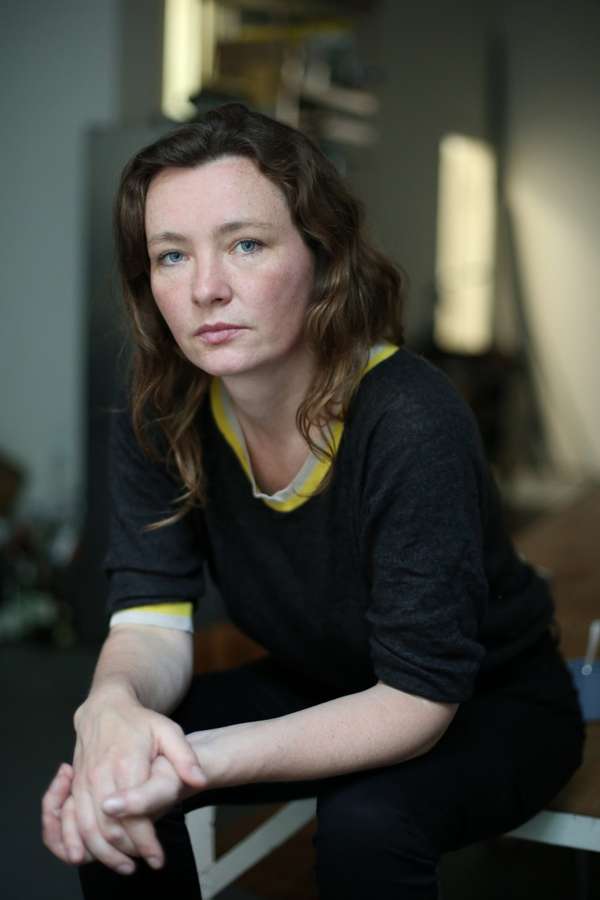

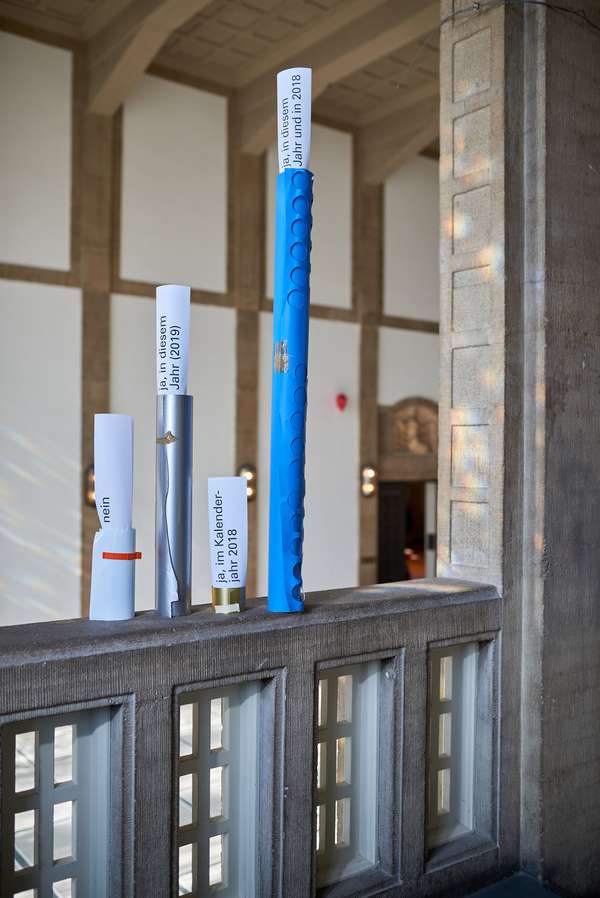



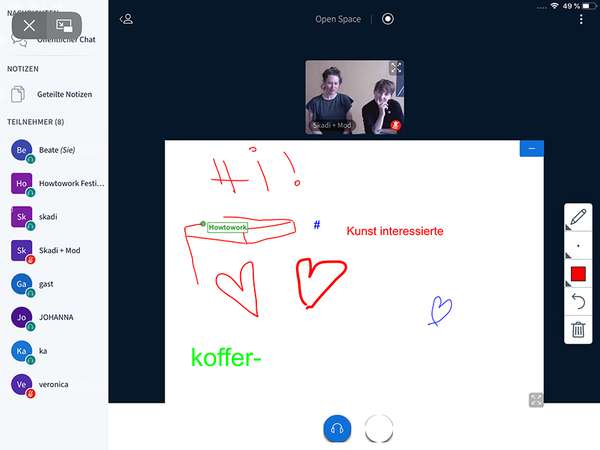
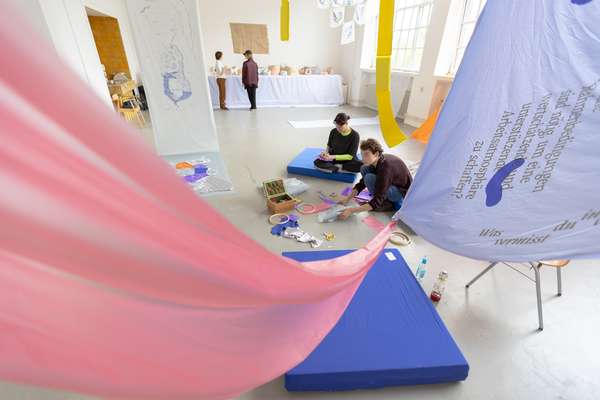

 Graduate Show 2025: Don't stop me now
Graduate Show 2025: Don't stop me now
 Long days, lots to do
Long days, lots to do
 Cine*Ami*es
Cine*Ami*es
 Redesign Democracy – competition for the ballot box of the democratic future
Redesign Democracy – competition for the ballot box of the democratic future
 Art in public space
Art in public space
 How to apply: study at HFBK Hamburg
How to apply: study at HFBK Hamburg
 Annual Exhibition 2025 at the HFBK Hamburg
Annual Exhibition 2025 at the HFBK Hamburg
 The Elephant in The Room – Sculpture today
The Elephant in The Room – Sculpture today
 Hiscox Art Prize 2024
Hiscox Art Prize 2024
 The New Woman
The New Woman
 Doing a PhD at the HFBK Hamburg
Doing a PhD at the HFBK Hamburg
 Graduate Show 2024 - Letting Go
Graduate Show 2024 - Letting Go
 Finkenwerder Art Prize 2024
Finkenwerder Art Prize 2024
 Archives of the Body - The Body in Archiving
Archives of the Body - The Body in Archiving
 New partnership with the School of Arts at the University of Haifa
New partnership with the School of Arts at the University of Haifa
 Annual Exhibition 2024 at the HFBK Hamburg
Annual Exhibition 2024 at the HFBK Hamburg
 (Ex)Changes of / in Art
(Ex)Changes of / in Art
 Extended Libraries
Extended Libraries
 And Still I Rise
And Still I Rise
 Let's talk about language
Let's talk about language
 Graduate Show 2023: Unfinished Business
Graduate Show 2023: Unfinished Business
 Let`s work together
Let`s work together
 Annual Exhibition 2023 at HFBK Hamburg
Annual Exhibition 2023 at HFBK Hamburg
 Symposium: Controversy over documenta fifteen
Symposium: Controversy over documenta fifteen
 Festival and Symposium: Non-Knowledge, Laughter and the Moving Image
Festival and Symposium: Non-Knowledge, Laughter and the Moving Image
 Solo exhibition by Konstantin Grcic
Solo exhibition by Konstantin Grcic
 Art and war
Art and war
 Graduate Show 2022: We’ve Only Just Begun
Graduate Show 2022: We’ve Only Just Begun
 June is full of art and theory
June is full of art and theory
 Finkenwerder Art Prize 2022
Finkenwerder Art Prize 2022
 Nachhaltigkeit im Kontext von Kunst und Kunsthochschule
Nachhaltigkeit im Kontext von Kunst und Kunsthochschule
 Raum für die Kunst
Raum für die Kunst
 Annual Exhibition 2022 at the HFBK
Annual Exhibition 2022 at the HFBK
 Conference: Counter-Monuments and Para-Monuments.
Conference: Counter-Monuments and Para-Monuments.
 Diversity
Diversity
 Live und in Farbe: die ASA Open Studios im Juni 2021
Live und in Farbe: die ASA Open Studios im Juni 2021
 Unlearning: Wartenau Assemblies
Unlearning: Wartenau Assemblies
 School of No Consequences
School of No Consequences
 Annual Exhibition 2021 at the HFBK
Annual Exhibition 2021 at the HFBK
 Semestereröffnung und Hiscox-Preisverleihung 2020
Semestereröffnung und Hiscox-Preisverleihung 2020
 Teaching Art Online at the HFBK
Teaching Art Online at the HFBK
 HFBK Graduate Survey
HFBK Graduate Survey
 How political is Social Design?
How political is Social Design?